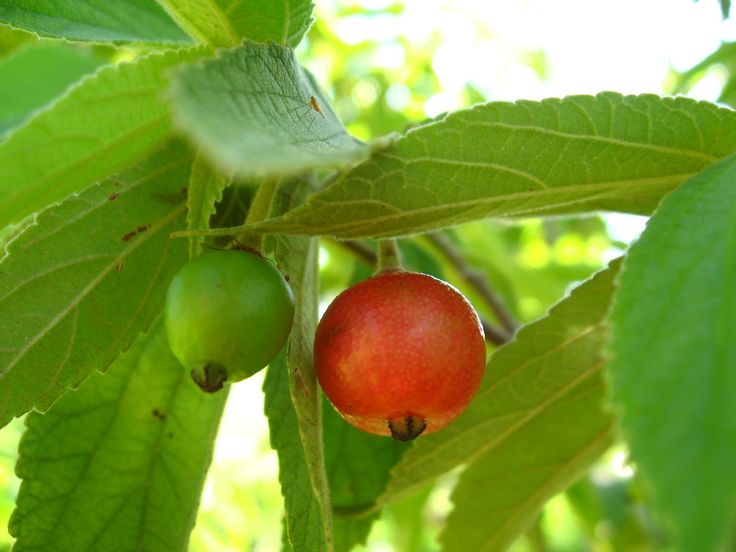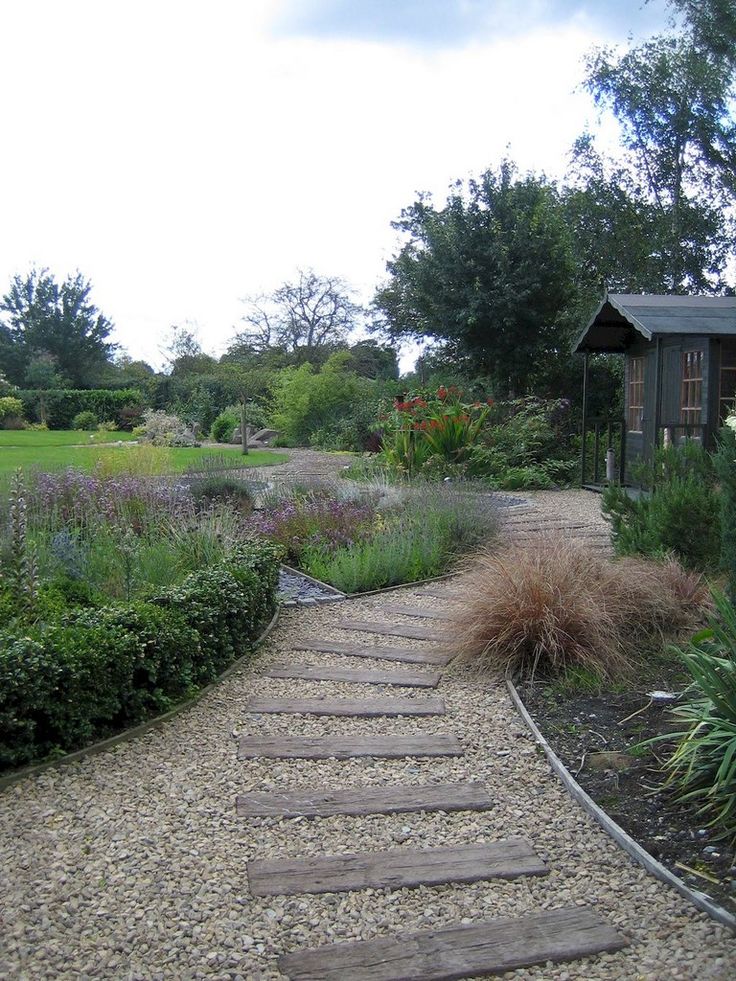Trees that have berries
Berries That Grow On Trees
If you want to grow your own fruit at home berries are some of the simplest – and tastiest – options. There’s an amazing variety of them, from plump and succulent strawberries to tart cranberries, and they’re key ingredients in a wide range of recipes. What exactly is a berry though? You can picture plenty of them in your head, but a precise answer is surprisingly hard!
Scientifically, a berry is a fruit that grows from the ovary of a single flower. The outer layer of the ovary wall develops into a fleshy coating surrounding the seeds. This definition gives very different results from what we usually mean when we say “berry”. For example tomatoes are berries. That’s not too much of a stretch – scale up a cranberry and it wouldn’t look that different from a tomato – but how about cucumbers and eggplant? Yes, they’re berries too. So are grapes and bananas. Then again, some fruit that everyone knows are berries don’t meet the scientific rules. That includes two of the most popular – strawberries and raspberries.
So there are two ways of defining berries; the scientific way, and the more common definition of any small, pulpy fruit. But both are based on the size and structure of the fruit, not on any family relationship. Berries come from a host of different plants, many of them not closely related at all – and often not even slightly similar. Most berries grow on bushes, which can be neat shrubs like cultivated raspberries and gooseberries to dense, spiky thickets like wild blackberries. Strawberries come from small, low plants that if left to grow spread into ground vines. Cranberries vary by species, with some being bushes and others vines. There really is an immense variety, and it includes larger plants too – there are berries that grow on trees. Let’s have a look at some of them.
Mulberry
These mid-sized trees are easily grown from cuttings or seeds, and grow quickly for the first few years; it doesn’t take long for them to reach a size where they can produce a decent crop.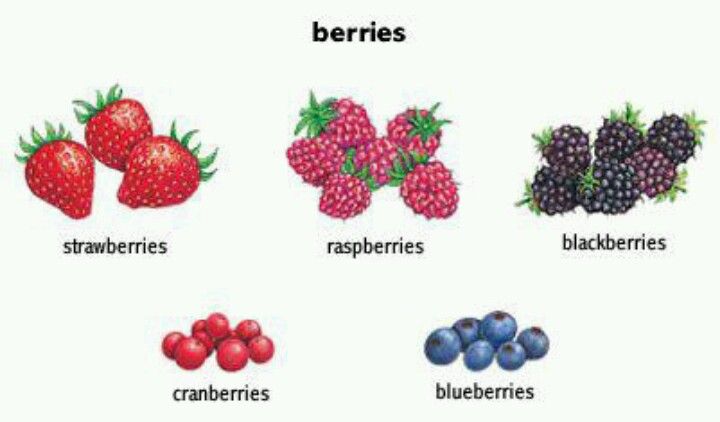 After their initial spurt they can grow more slowly to between 30 and 50 feet, depending on species, That makes it very hard to pick the berries though, so commercial plantations usually prune them to a height of five or six feet.
After their initial spurt they can grow more slowly to between 30 and 50 feet, depending on species, That makes it very hard to pick the berries though, so commercial plantations usually prune them to a height of five or six feet.
The berries themselves look like elongated raspberries and have an intense sweet flavor. Most are dark red or black when ripe but there’s also a white cultivar, which has a milder taste. Mulberries are native to Asia and parts of Africa but can be grown in many regions of the USA. Check your local laws though – some cities have banned them because male trees produce large amounts of pollen.
Hackberry
Different species of hackberry trees are found throughout the northern hemisphere and several are native to the USA. The Western Hackberry from the southwest and the southern Desert Hackberry are two that have edible berries; these have a quite dry texture, a bit like dates, but a pleasant sweet taste. Hackberry trees are sometimes grown ornamentally, especially in areas with low rainfall. The Desert Hackberry is almost more of a shrub, growing to about ten feet, while the Western Hackberry can reach up to 70.
The Desert Hackberry is almost more of a shrub, growing to about ten feet, while the Western Hackberry can reach up to 70.
Canada Buffaloberry
Despite the name this species also grows in the western and northern USA, plus Alaska. It grows up to around 13 feet high and is found in and around wooded areas. Native Americans have been collecting its berries for centuries to make a delicacy called sxusem. The Buffaloberry has an unusual flavor with both bitter and sweet notes, so to reduce the bitterness they’re mixed with a sweet fruit – usually raspberries – in a large bowl then whipped, like cream, to produce a frothy mixture. The froth comes from a chemical in the berries called saponin, which produces bubbles like soap.
Soapberry
The Canada Buffaloberry isn’t the only fruit that contains saponin. There’s also the Soapberry family, found in the southern and southeastern USA. The fruits of these trees aren’t edible, because there’s enough saponin in them to irritate your stomach.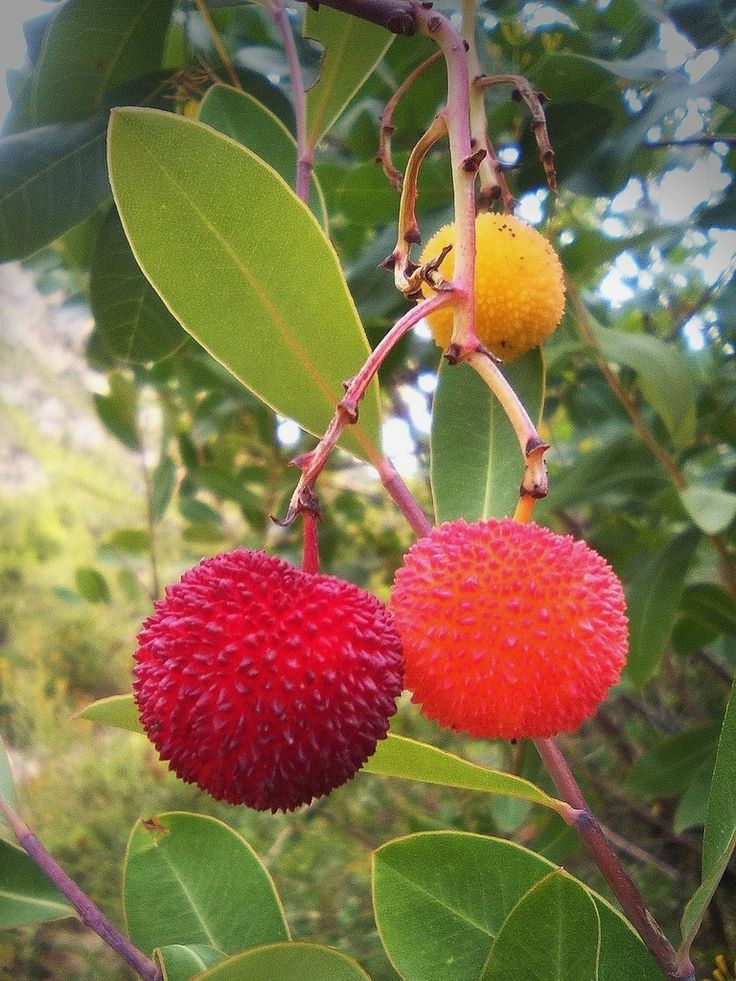 However there’s also enough to act as a natural detergent, and Native Americans have traditionally used the berries to make soap.
However there’s also enough to act as a natural detergent, and Native Americans have traditionally used the berries to make soap.
Rowan
Also known as Mountain Ash, there are several native species of rowan in the USA. They’re mid-sized trees that produce spectacular bunches of bright berries. Most are red, but some Asian species have white berries. European rowans have slightly bitter, but edible, berries that can be made into a jelly. They can also be dried, ground and used as a coffee substitute. An old name for the European rowan is the chequer tree; the British Prime Minister’s country home, Chequers, is named after the rowans in its grounds.
Yew
Yew trees are conifers, with two species – the Pacific Yew and Canadian Yew – found in North America. It’s an important tree to many pagans and its wood is excellent for making bows (the famous English longbow was traditionally made of yew) but it also produces soft, fleshy red berries. The flesh is edible and very sweet – but eating them is dangerous. Every part of the tree except the flesh contains taxine, a highly toxic alkaloid, and that includes the single seed inside each berry. The seeds from just a handful of berries can cause death in a few hours, so it’s a dangerous tree to have around. Taxine is particularly lethal to horses, cattle and pigs, but even the pollen of yew can cause a wide range of uncomfortable symptoms, from triggering asthma attacks to rashes, headaches and sore joints.
The flesh is edible and very sweet – but eating them is dangerous. Every part of the tree except the flesh contains taxine, a highly toxic alkaloid, and that includes the single seed inside each berry. The seeds from just a handful of berries can cause death in a few hours, so it’s a dangerous tree to have around. Taxine is particularly lethal to horses, cattle and pigs, but even the pollen of yew can cause a wide range of uncomfortable symptoms, from triggering asthma attacks to rashes, headaches and sore joints.
Final Thoughts on Berry Trees
There are many more berries that grow on trees, and several can be grown either ornamentally or for their fruit. Take care when selecting ornamental ones though, especially if you have young children. Not all are edible, and while the yew is an extreme example there are others that can make you ill. Just because a fruit tastes good doesn’t always mean it’s completely safe. Of course some edible species make good ornamentals too, so you can have the best of both worlds!
Berries That Grow On Trees (With Blackberry Lookalikes): Pictures and Identification
Berries that grow on trees are surprisingly uncommon in the botanical world. The most well-known tree that produces edible berries is the mulberry tree with its blackberry-like fruit. Other types of edible berries that grow on trees are hackberries, silver buffaloberry, serviceberry, Panama berry, and fruit on the strawberry tree.
The most well-known tree that produces edible berries is the mulberry tree with its blackberry-like fruit. Other types of edible berries that grow on trees are hackberries, silver buffaloberry, serviceberry, Panama berry, and fruit on the strawberry tree.
Growing trees with edible berries in your garden is an excellent idea for their tasty, sweet, or tart fruit. Berry-producing trees typically have stunning spring flowers and attract plenty of wildlife. In spring, pollinators will fill your garden landscape, and then in summer and spring, the juicy berries will attract birds.
This article is a guide to the varieties of berries that grow on trees. Along with pictures and descriptions of the tree berries, you will learn how to identify tree features like their leaves, bark, and flowers.
What Berries Grow On TreesBerry-producing trees with small, edible pulpy berry-like fruit include mulberries, hackberries, buffaloberries, serviceberries, Panama berries, and tree strawberries.
A berry is a small, pulpy fruit that grows from the ovary of a single flower. This creates a fleshy covering around the seeds.
Berries that grow on trees can be edible or inedible. When growing trees that produce berries in your yard, it’s best to choose edible varieties, especially if you have children.
Although most types of berries grow on shrubs, bushes, or thickets, some varieties grow on trees.
Many people refer to almost any tiny fleshy fruit as a berry. But, of course, there are many other fruit-producing trees with berry-like fruit. However, fruit trees like cherry trees, plum trees, and peach trees produce drupes — fleshy fruits with a large stone in the center.
Do Blackberries Grow On Trees?Blackberries
Blackberries (Rubus) are small fruits that grow on thorny shrubs and look like black raspberries. Because blackberries look like mulberries, some people mistake a mulberry tree for a blackberry tree. Also called brambles, the blackberry plant is a large shrub with multiple cane-like stems and large, palmately compound leaves.
Blackberry shrub
Blackberries taste slightly tart before they are fully ripe. As they ripen, they become sweeter, and a ripe blackberry has incredibly soft flesh and a sweet taste. Blackberries also have a slightly earthy flavor due to their solid core, which some people find unpalatable.
Mulberry Tree – Tree With Berries That Look Like BlackberriesMulberries
The mulberry tree produces fruits that look like blackberries. Mulberries (Morus) are black berries that grow on trees, however, you shouldn’t confuse them with similar-looking and tasting blackberries (Rubus). Blackberries are edible berries that grow on thorny shrubs, not trees. Although both types of berries are black and taste similar, mulberries are larger with a more elongated cylindrical shape.
Mulberries and blackberries differ slightly in their color. Blackberries are always oval to barrel-shaped and have shiny jet-black color when they are ripe. On the other hand, ripe mulberries can be red, red and black, or pure black. Mulberries tend to be larger than blackberries.
Mulberries tend to be larger than blackberries.
The most common mulberry tree is Red mulberry (Morus rubra) that has sweet, juicy red or black berries. White mulberry (Morus alba) has blackberry-like edible fruits that are white when immature and turn pink, red or purple-black as they ripen. Black mulberry (Morus nigra) has clusters of small black and tasty mulberry berries.
Types of Berries That Grow on Trees (With Pictures) – Identification GuideLet’s look in detail at various kinds of edible berries that grow on trees.
Mulberry (Morus)Old mulberry tree
Mulberry tree produces fruit that resembles blackberries. Mulberries are red, white, or black edible fruits that grow up to 1” to 3” (2.5 – 7.5 cm) long. Mulberries have a distinct cylindrical appearance, sometimes looking like a hooked finger. Typically, the color of mulberry fruit indicates its ripeness and sweetness, with black berries indicating the sweetest and ripest fruit.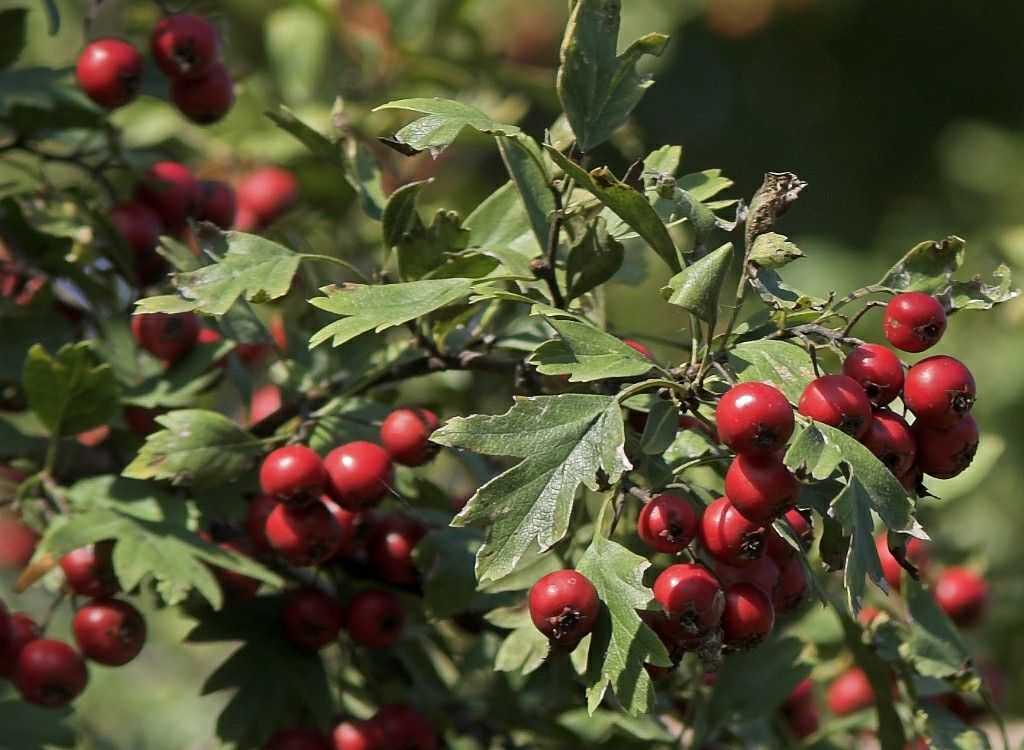
Mulberry fruit starts to form on the mulberry tree after flowering. In summer, oval, white berries appear on the tree that gradually ripen, changing color and becoming sweeter. By the end of summer, mulberry fruit is ready for eating straight off the tree. The darker the color, the sweeter the berry-like tree fruit will taste.
Different species of mulberry ripen at various times. For example, the berries from the white mulberry tree (Morus alba) and red mulberry tree (Morus rubra) are generally ready for eating in late spring. However, black mulberries (Morus nigra) ripen during summer through late summer.
Mulberry fruit
Apart from its long, cylindrical berry-like fruit, a mulberry tree is identified by its flowers and leaves. The mulberry tree has heart-shaped, dark glossy green leaves measuring 3” to 7” (7.5 – 18 cm) long. The mulberry tree blooms in spring with long, dangling greenish flowering spikes (catkins).
Mulberry leaf
Mulberry female flowers (left) and male flowers (right)
The aggregate mulberry fruits grow on large-sized trees that are 30 to 50 ft.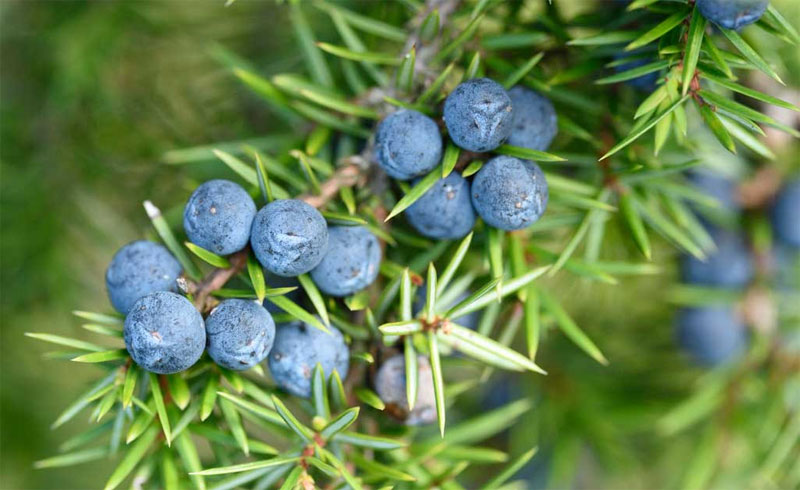 (9 – 15 m) tall. Mulberry trees grow in USDA zones 4 through 9. The fast-growing mulberry tree has a dense, open, rounded crown of dark green foliage that turns golden yellow in the fall.
(9 – 15 m) tall. Mulberry trees grow in USDA zones 4 through 9. The fast-growing mulberry tree has a dense, open, rounded crown of dark green foliage that turns golden yellow in the fall.
To identify a mulberry tree, look for its long cylindrical blackberry-like fruit, large heart-shaped lobed dark green leaves, and small greenish flowers.
Common Hackberry (Celtis occidentalis)Common hackberry (Celtis occidentalis)
The hackberry tree produces dark red or purple berry-like fruit that measure about 0.3” (0.8 cm) in diameter. The small, round edible hackberry fruits emerge green and turn dark purple by fall. The globular berry has sweet flesh surrounding a tiny nut.
Hackberry fruits
The small dark red or purple hackberries have a sweet taste when ripe in late fall. The small fruits with edible flesh and tiny seeds also have a crunchy consistency and a slight peanut butter-like taste.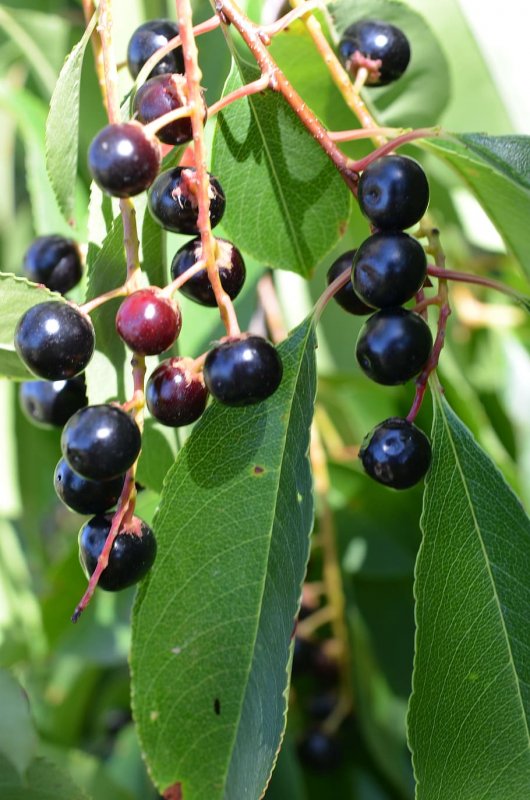
Hackberries appear in summer as small green balls growing in clusters. As the berry-like fruits ripen, they become a dark burgundy to deep purple color and a sweeter taste. The berries are ready to eat from the tree by late fall, and they may persist through winter.
The large hackberry tree is identified by its pyramidal growth habit that opens to a spreading crown. The sizable ornamental hackberry tree has lanceolate to ovate, glossy green leaves with serrated margins. The hackberry fruit tree has yellowish-green flower clusters made up of flowers with four to five petals and measuring 0.25” (0.6 cm) across.
Also called beaverwood, nettlewood, false elm, or the American hackberry, the hackberry tree typically grows 40 to 60 ft. (12 – 18 m) tall. It’s a fast-growing tree that adds between 2 and 3 ft. (0.6 – 1 m) per year in height.
Hackberry trees thrive in USDA zones 2 through 9.
Berry tree identificationTo identify berries on a hackberry tree, look for clusters of small, round, berry-like drupes that are dark red or purple. Additional identification features of the tree are lance-shaped leaves with toothed margins and yellowish-green clusters of flowers
Additional identification features of the tree are lance-shaped leaves with toothed margins and yellowish-green clusters of flowers
Silver buffaloberry (Shepherdia argentea)
The silver buffaloberry is a shrub-like tree that produces bright red berry-like edible drupes ready for eating in the fall. Clusters of vibrantly colored, pea-sized red berries emerge in summer and are ripe by fall. The berries have a sour, tart taste and are delicious in pies, jellies, or jams.
Silver buffaloberry fruit is identified by its bright red color and tiny white dots. The tart-tasting berries are about the size of a pea and grow abundantly on woody branches. Silver buffaloberries look like cranberries and have a similar tart taste, ideal for use in baking or preserves.
The multi-stemmed silver buffaloberry plant is typically a large shrub that you can train to grow as a tree. The shrubby tree has a loosely branching growth habit creating a rounded crown.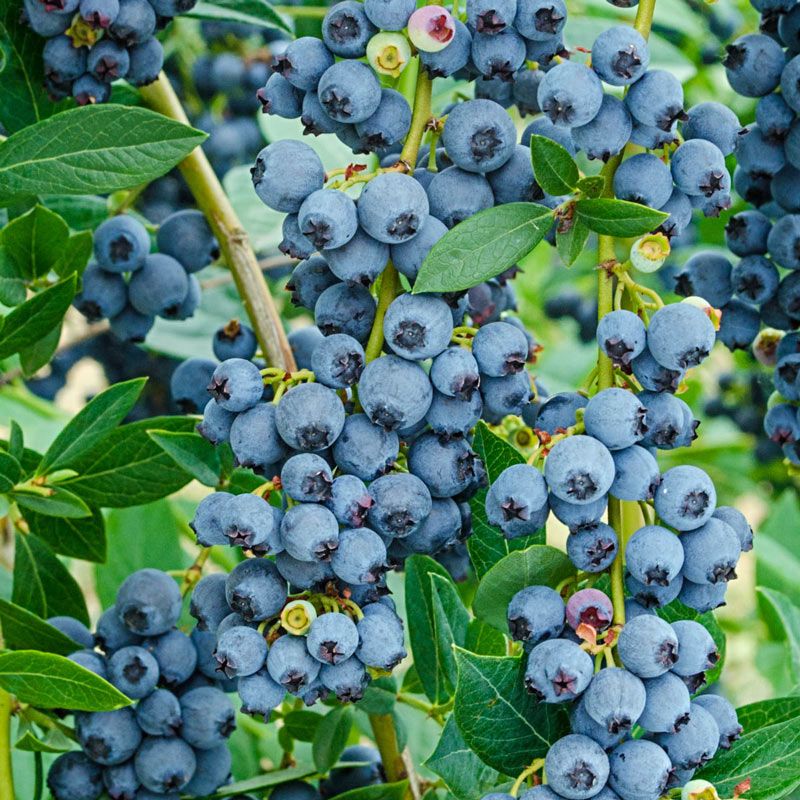 Typically, the small fruit-bearing tree grows up to 15 ft. (4.5 m) tall. The silver buffaloberry tree thrives in USDA zones 3 through 9.
Typically, the small fruit-bearing tree grows up to 15 ft. (4.5 m) tall. The silver buffaloberry tree thrives in USDA zones 3 through 9.
Other identifying features of a buffaloberry tree are its white or yellowish spring flowers. The tubular buffaloberry flowers appear in spring, contrasting with gray leaves that have silvery speckles. Although red berries are the tree’s primary identifying feature, some trees produce golden yellow berries.
Berry tree identificationTo identify berries on the silver buffaloberry tree, look for large clusters of small, round, bright crimson red berries. The red berries look and taste like cranberries. Buffaloberry trees are also identified by their silvery-green leaves.
Panama Berry (Muntingia)Panama berry (Muntingia)
The Panama berry tree produces large red berries that look like ripe cherries. The edible red berries emerge green before ripening to a red color. Looking like small round fruits dangling from the tree, the red berries have a sweet, fresh taste and measure about 0.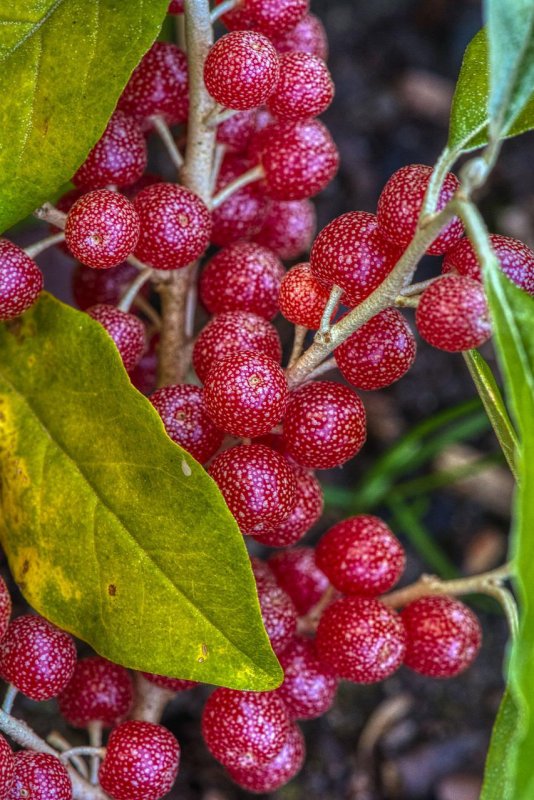 6” (1.5 cm) in diameter.
6” (1.5 cm) in diameter.
Berries on the Panama berry tree grow in tropical climates. The tropical fruit tree thrives in Florida and USDA zones 9 through 11. The large berry-producing trees grow 25 – 40 ft. (7.5 – 12 m).
Apart from the round red dangling berries, the Panama berry tree has other identification features. The tree’s leaves are lanceolate, evergreen blades 2” to 5” (5 – 13 cm) long. In addition, attractive, creamy white flowers 0.75” (2 cm) wide contrast with the lush green foliage.
Panama berry leaves, flower and fruit
The exotic red berries from the Panama berry tree are used to make jams and baked goods.
Other names for this tropical Panama berry fruit tree include Jamaica cherry tree, West Indian cherry tree, ornamental cherry, or cotton candy berry.
Berry tree identificationBerries on the Panama berry tree are identified as small round red berries that have a sweet taste.
Serviceberry (Amelanchier)Serviceberry fruit.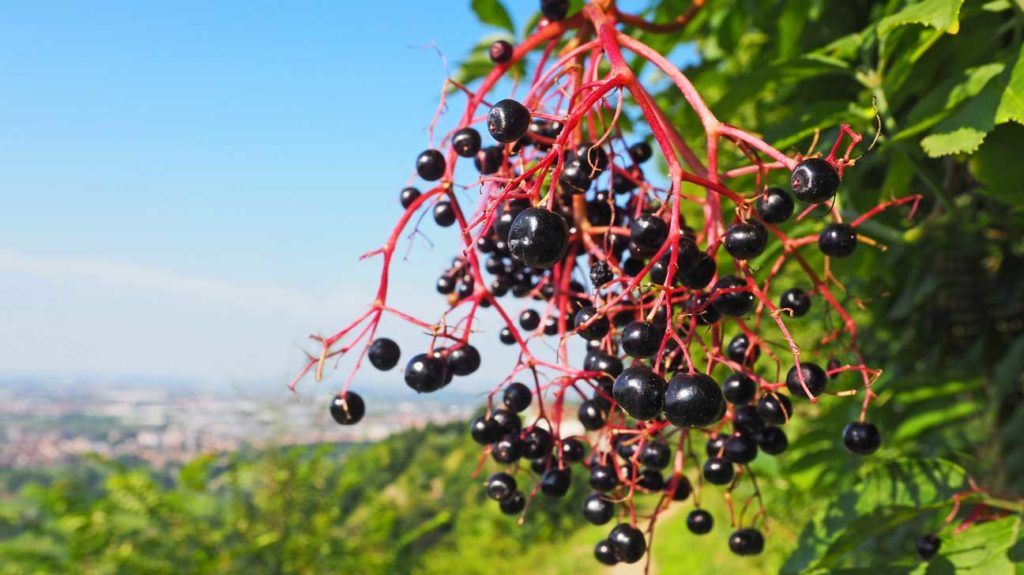 Left picture: mature purple serviceberry fruits. Right picture: immature red serviceberry fruits.
Left picture: mature purple serviceberry fruits. Right picture: immature red serviceberry fruits.
Serviceberry tree fruits are small red or purple berry-like pomes that look and taste like blueberries when fully ripe. The small round berries grow in open clusters and are ready for eating in June. The deciduous berry tree fruit can be eaten raw or cooked and used for making jellies or jams.
Autumn Brilliance serviceberry tree (Amelanchier × grandiflora ‘Autumn Brilliance’) grows as a multi-stemmed tree but you can remove suckers to prevent a shrubby growth
The clusters of red serviceberries grow on long stems, and each round fruit measures between 0.25” to 0.5” (0.6 to 1.3 cm) in diameter. The berries have bluish-purple color and a sweet taste when ripe.
The deliciously sweet purple serviceberry tree fruits are ready for eating in early summer. Apart from being enjoyed by humans, the sweet berries also attract many birds.
The serviceberry tree is identified by its elliptical green leaves, short-lived white or pinkish spring blooms, and charcoal gray bark.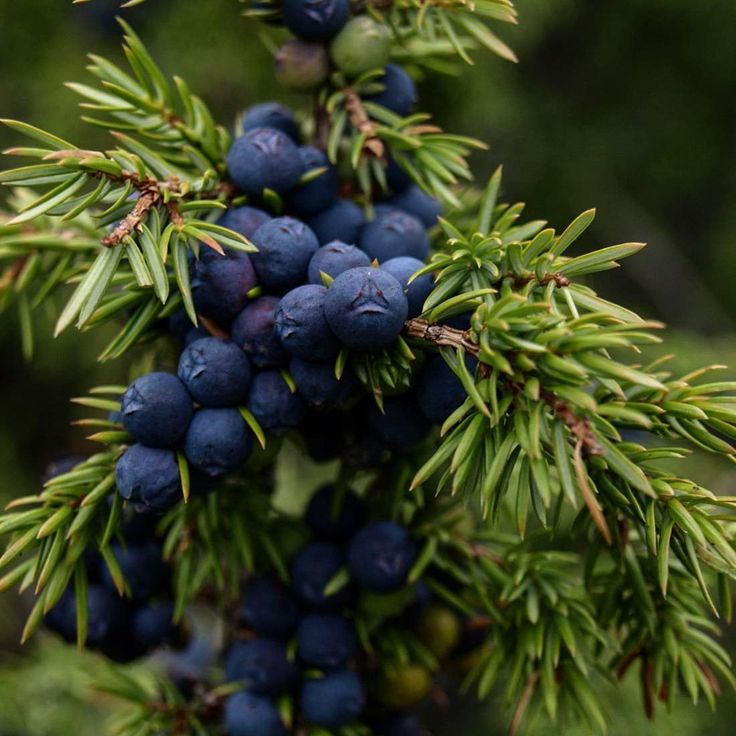 The beautiful ornamental tree grows 15 to 25 ft. (4.5 – 7.5 m) tall and has a medium growth and rounded habit.
The beautiful ornamental tree grows 15 to 25 ft. (4.5 – 7.5 m) tall and has a medium growth and rounded habit.
Serviceberry flowers bloom in early spring and are typically white
The serviceberry tree has pretty foliage made up of coarsely-toothed, oval leaves. These tree leaves are light-green during spring and summer before turning brilliant shades of red and orange in the fall.
Serviceberry leaves in autumn
Serviceberry trees produce abundant berries when growing in USDA zones 2 through 7 and full sun.
Serviceberry can grow as a small tree or large multi-stemmed shrub.
Berry tree identificationBerries on the serviceberry tree are identified as round to oval-shaped fruits with a purple color and taste of strawberries, blueberries, and a hint of almond.
Strawberry Tree (Arbutus unedo)Strawberry tree (Arbutus unedo)
The strawberry tree produces red, yellow, and orange berries that look like spiky strawberries 0.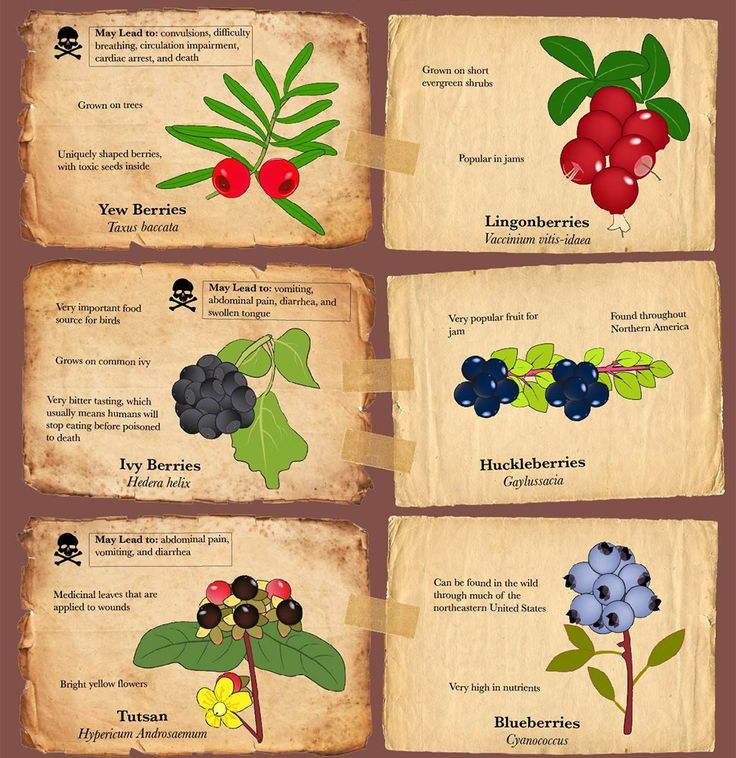 4” to 1.2” (1 – 3 cm) in diameter. The red edible berries on the strawberry tree have a rough surface and sweet taste when ripe. The berries emerge on the tree yellow and slowly ripen to a rich red color.
4” to 1.2” (1 – 3 cm) in diameter. The red edible berries on the strawberry tree have a rough surface and sweet taste when ripe. The berries emerge on the tree yellow and slowly ripen to a rich red color.
Strawberry tree berries have soft, golden-orange flesh containing many seeds. The rough, red berries have a slight aniseed taste with a sweet-tart flavor reminiscent of peach, mango, and apricot. The seeds in the strawberry tree berries give the fruit a crunchy, mealy consistency.
Berries on the strawberry tree ripen in late summer and persist on the tree through winter.
Drooping clusters of white or pale pink bell-shaped flowers also adorn the strawberry tree from fall through mid-winter. The ripened colorful orange and red berries provide a stunning contrast with the tree’s green foliage and white flowers.
Strawberry tree flower
The evergreen strawberry tree has a rounded, spreading, vase-shaped crown and dense foliage. Apart from large oval red berries, other identifying features of the strawberry tree are gnarled branches, dark green leaves growing on red petioles, and gray-brown bark.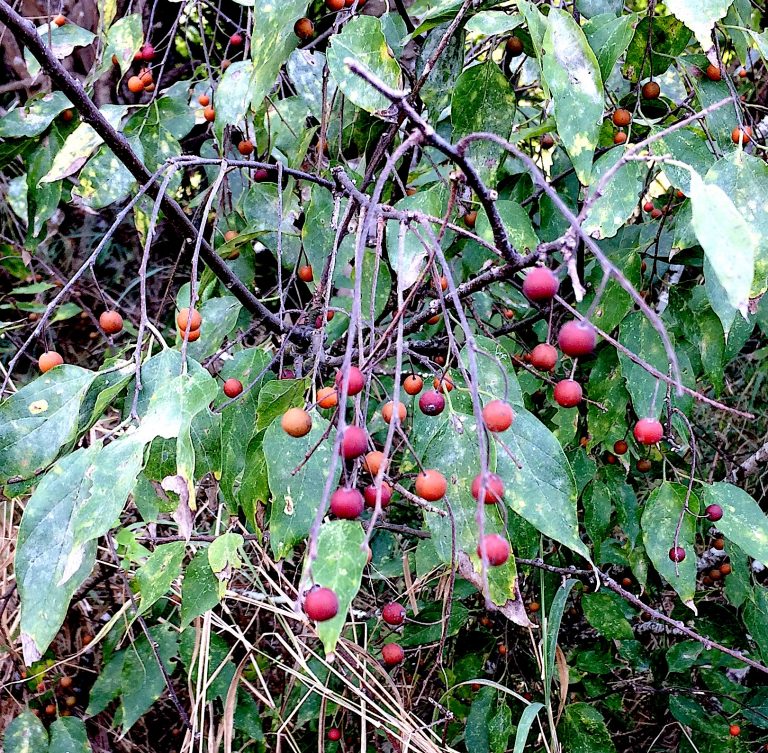
Strawberry trees are small evergreen trees or large shrubs. The easy-to-grow fruit trees thrive in USDA zones 7 through 10 in full sun. Despite their common name, these berry-producing trees are unrelated to the vining strawberry plant (Fragaria).
Berry tree identificationBerries from the strawberry tree are oval red berries with a bumpy, rough surface and bristle-like spikes. The round berries emerge yellow, turn bright red, and taste deliciously sweet.
Related articles:
- Mulberry Trees – Identification Guide
- Serviceberry Trees and Shrubs – Identification Guide
- Trees and Shrubs with Red Berries
Read Next
90,000 types of trees with berries - ogorodexp.ruContent
- 1 Whitecurrant
- 9 Elderberry
- 10 Olive
- 11 Sea buckthorn
- 12 Rowan
- 13 Strawberry
- 14 Blueberry
- 5 15 Blackberry 0006
- 17 BLACK
- 18 Honeysuckle
- 19 Limonnik
- 20 mulberry
- 21 gooseberries
- 22 juniper 9000
- 29 Physalis
- 30 Names of edible berries
- 30.
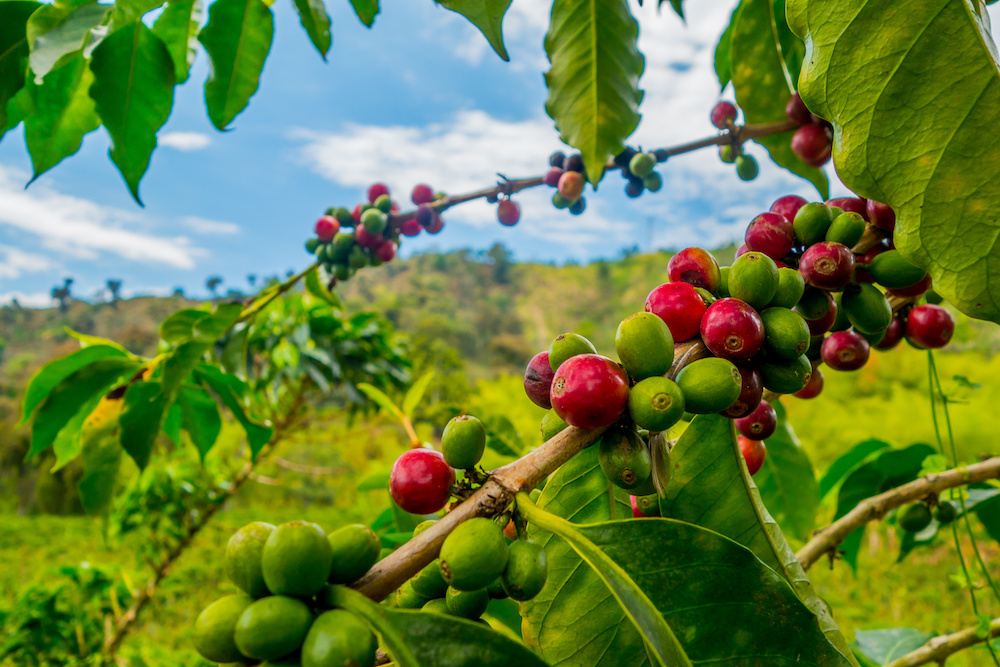 1 Elderberry
1 Elderberry - 30.2 Aronia
- 30.3 Barbados cherry
- 30.4 Canadian pride
- 31.6 Laconos
- 31.7 Eye Boonde
- 31.8 Beauty or Belladonna
- 30.
- 32 Decorative Plants
- 32.1 Buzina Black
- 32.2 Honeysuckle Black 9000 9000
Berry Berries - multi -seeded fruits with a lot inside. They are similar to fruits and have no fundamental difference.
Berry classification:
1. Real. This category includes typical fruits containing 2 - 5 seeds, with a dense skin.
Depending on the number of grains, berries are divided into: single-stone (barberry, sea buckthorn, gumi), two-stone (black nightshade, grapes), three-stone (asparagus), four-stone (blueberry, currant, crow's eye), five-stone (blueberry, bearberry, lingonberry, cranberry), multi-stone (gooseberry, actinidia).
2. False. The pulp of the fruits of this species is not formed from the ovary of the flower, as usual, but from other parts of the plant (receptacle).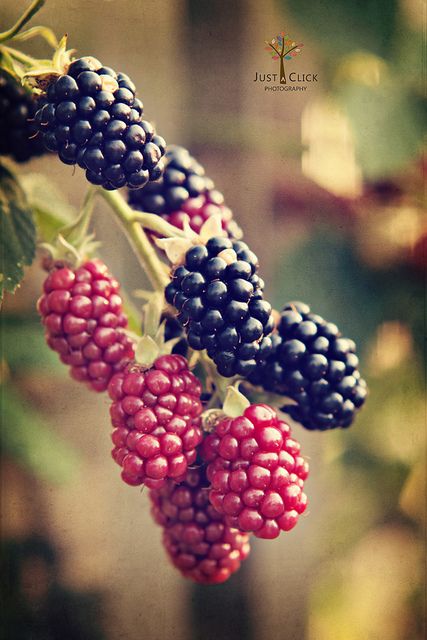 Representatives of false berries include: rose hips, strawberries, wild strawberries.
Representatives of false berries include: rose hips, strawberries, wild strawberries.
3. Complex. Outwardly, each of them remotely resembles miniature berries. This group includes the following plants: cloudberries, mulberries, raspberries, blackberries.
Each species has its characteristic set of properties, however, all garden or wild berries are:
- sources of biologically useful additives, vitamins and sugars;
- the strongest immunomodulators;
- energy suppliers;
- "fighters" for the health of the skin, joints, blood vessels, eyes, they reduce inflammation in the body;
- water suppliers, dulling the feeling of hunger.
In addition, due to the content of folic acid and fiber, berries are involved in the production of the hormone "joy" - serotonin, normalize blood pressure, protect the heart and blood vessels from cholesterol plaques.
While useful, do not abuse them. Otherwise, it will lead to indigestion, the appearance of a green complexion, cramps, diarrhea. Be moderate and rinse your mouth after each intake of fresh gifts of nature. So you will save tooth enamel from the damaging effects of organic acids.
Be moderate and rinse your mouth after each intake of fresh gifts of nature. So you will save tooth enamel from the damaging effects of organic acids. White currant
Colorless berries belonging to the Gooseberry family, which are a storehouse of vitamins and microelements, are known to everyone under the name white currant. These are fruits that have found their application in various fields - from the food industry to the pharmaceutical and cosmetic industries. Folk.
Black currant
Black currant is a storehouse of vitamins and useful trace elements. Its berries are especially valuable because they contain vitamin C, which affects the growth and repair of cells in the human body. It is advisable to eat currants fresh, you can also make drying out of it, from which you get a rich and fragrant tea or.
Cranberries
Cranberries are one of the most nutritious berries that tolerate low temperatures well. No wonder its usual habitat is the northern regions.
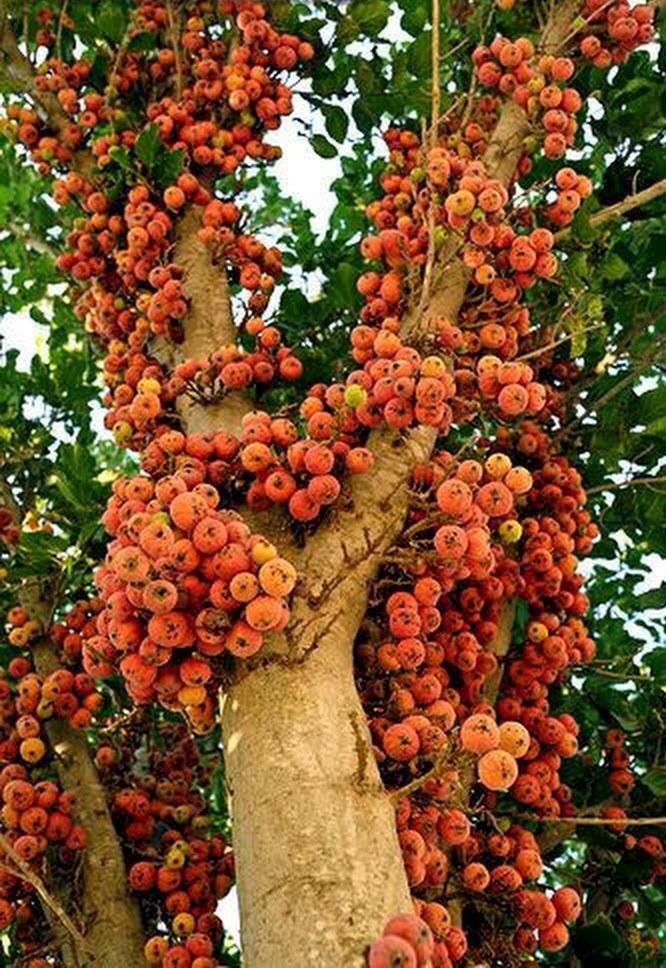 Useful properties of this red gift of nature are known in many countries. It is valued for its ability to maintain its energy composition even for a long time.
Useful properties of this red gift of nature are known in many countries. It is valued for its ability to maintain its energy composition even for a long time. Red currant
Red currant is a small shrub whose leaves fall in winter. It belongs to the perennial, and its closest relative is the gooseberry. Unlike blackcurrant bushes, these are taller, as if stretching upwards. Every year new shoots grow, which strengthen the shrub and stand on.
Cherry
Cherry is one of the earliest fruiting crops of late spring or early summer, which pleases with its sweet taste and bright appearance. Sweet cherries are also called bird cherries. Biological description Sweet cherry belongs to the rose family. This tree, about 10 meters high, is one of the most ancient woody plants.
Bird cherry
Perhaps few people know this, but bird cherry is extremely useful for the treatment of various diseases, and its smell helps to get rid of ticks.
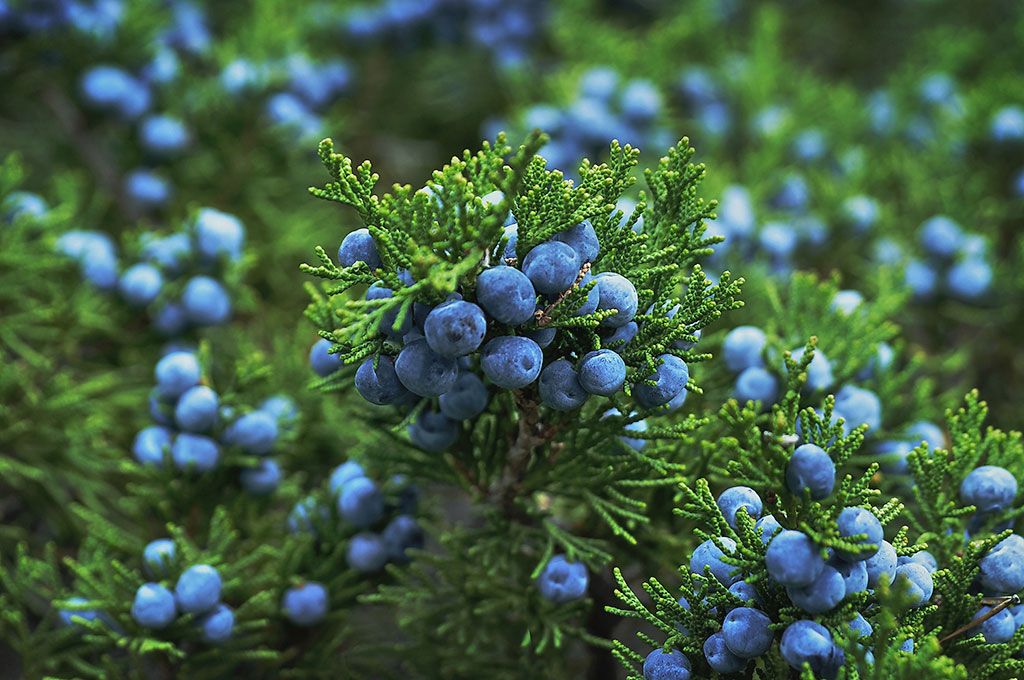 The thing is that the flowers and leaves of this plant contain a huge amount of substances that have antimicrobial, antibacterial and antiparasitic.
The thing is that the flowers and leaves of this plant contain a huge amount of substances that have antimicrobial, antibacterial and antiparasitic. Goji berries
A few years ago, when the Internet was full of low-quality advertising, and women were buying weight loss programs in the style of "lose 100 kilograms in 1 hour", a unique product appeared on the market - goji berries. To the layman, they seemed to be a universal remedy for everything: from excess weight to a pathological condition.
Strawberries
Strawberries have earned a reputation as a rare delicacy. Only 3 weeks a year it can be seen packaged in plastic cups in a spontaneous market. The ripening period for both wild and cultivated varieties is identical, so the population is trying to snatch as many berries as possible in a short time. Strawberries outperform strawberries.
Elderberry
Elderberry is a branchy shrub of the Adox family. Since ancient times, elderberry has been used as a medicine in medicine, as an ornamental plant in gardens, and as a culinary ingredient in dishes.
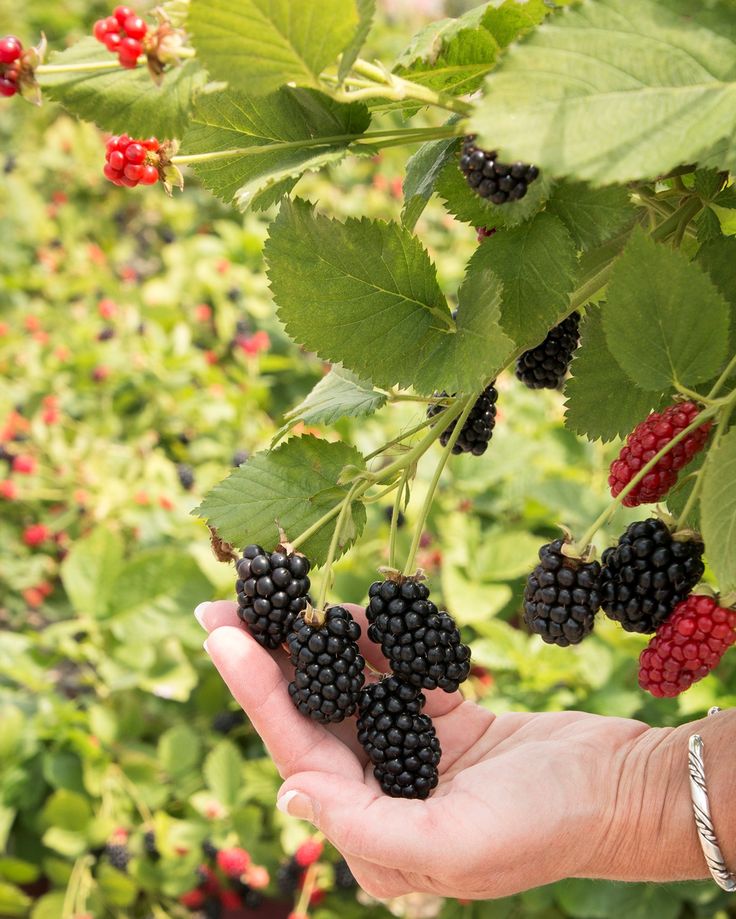 It is even used as a means in the fight against rodents. Even in ancient Rome and ancient Greece, the plant was grown for.
It is even used as a means in the fight against rodents. Even in ancient Rome and ancient Greece, the plant was grown for. Olives
Olives have long taken pride of place in the national cuisines of many peoples of the world. In our country, olives appeared relatively recently, so disputes around them do not subside. They have an interesting spicy taste that is difficult to describe even for an experienced taster: they simultaneously contain bitterness and sweetness, sour and.
Sea buckthorn
Sea buckthorn is native to the highlands of the Himalayas. The locals affectionately refer to these trees as "holy fruits". In China, the benefits of these berries have been known for 12 centuries. And according to the Mongolian legend, Genghis Khan and his army used these berries before each victorious battle. They know about the uniqueness of these fruits.
Rowan
Rowan is a beautiful curly tree that stands out brightly among the snows in winter with its scarlet berries.
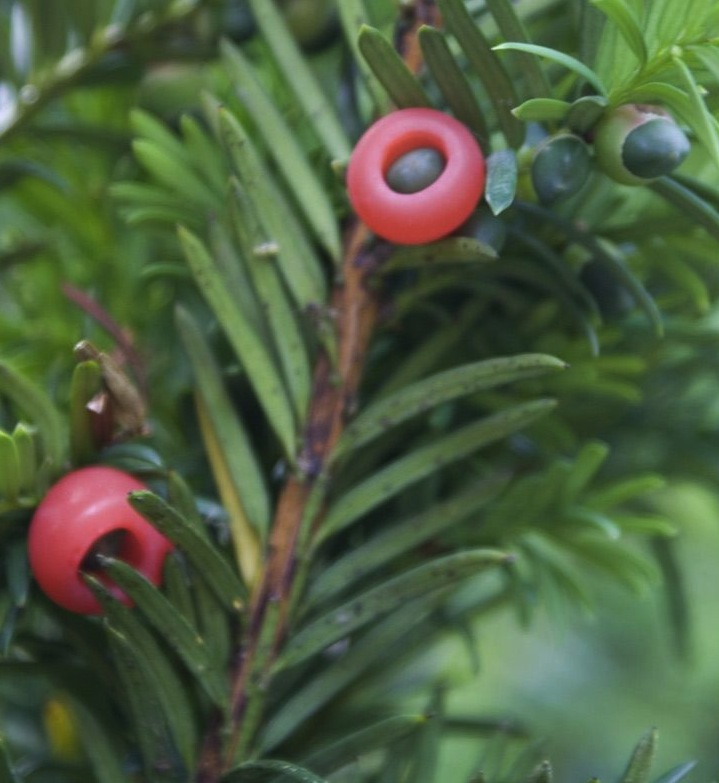 Rowan is often called the tree of health. Fresh rowan berries are tasteless: they are bitter. After the first frosts, the bitterness of the fruits decreases significantly, and they become a favorite delicacy for birds. That is why it is.
Rowan is often called the tree of health. Fresh rowan berries are tasteless: they are bitter. After the first frosts, the bitterness of the fruits decreases significantly, and they become a favorite delicacy for birds. That is why it is. Strawberries
Strawberries are considered to be one of the most popular berries. Due to its shape resembling a heart, it is associated with love and passion. It is very useful due to the large amount of vitamins and minerals contained in it. In addition, it is often used for weight loss, there is even a special strawberry.
Blueberries
Blueberries have become something of a fetish in modern health food culture. The berry is added to vitamins, dietary supplements, promising that its composition and beneficial properties will make eyesight sharper, waist thinner, and the brain more active. Is this really true and what does blueberry actually hide in itself? Product history History.
Blackberry
It belongs to the semi-shrubs that bloom for many years.
:no_upscale()/cdn.vox-cdn.com/uploads/chorus_asset/file/19501414/06_reveal_pro_tips.jpg) Wild blackberries are extremely common in temperate latitudes and in the north of Eurasia. Especially willingly, it grows in forests in the forest-steppe region. Garden brambles are very rare, so in order to get this berry, you just have to wait.
Wild blackberries are extremely common in temperate latitudes and in the north of Eurasia. Especially willingly, it grows in forests in the forest-steppe region. Garden brambles are very rare, so in order to get this berry, you just have to wait. Barberry
Barberry is a shrub (some species are small trees) found in Europe, North America and even Eastern Siberia. Basically, these are artificially grown trees that are bred in gardens. General characteristics Mostly semi-evergreen (partially deciduous) plants with branches.
Blueberries
Blueberries are the “queen” of northern latitudes. It includes about 100 species of various blueberry bushes and trees. Its distribution area is very wide: it grows in the forest-tundra, taiga, coniferous forests and sphagnum swamps in Europe and Asia, in the Caucasus mountains. Bilberry ordinary, or myrtle, is the most common.
Honeysuckle
Some gardeners don't even realize that most of the charming plants that adorn the area around the house are not just beautiful ornamental greenery, but nature's pharmacy.
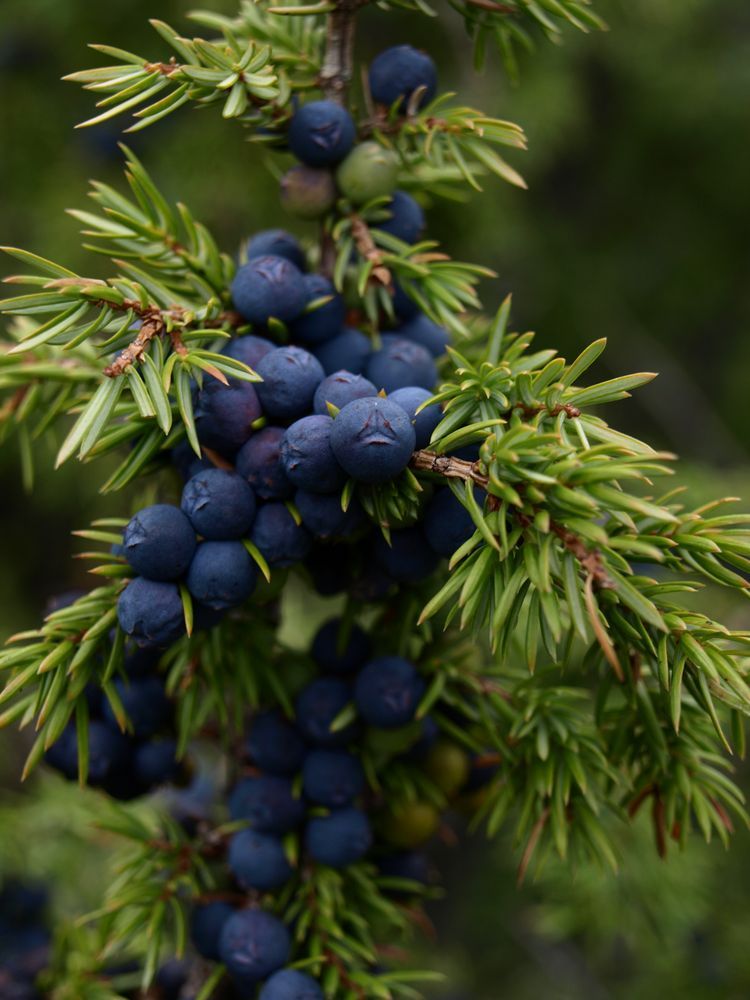 Perhaps many people know what honeysuckle looks like, they recognize the sweet aroma of its flowers, but they don’t even know how much.
Perhaps many people know what honeysuckle looks like, they recognize the sweet aroma of its flowers, but they don’t even know how much. Lemongrass
We call this plant Schizandra, the Chinese call it “wu wei ji”, which translates as “a plant with five tastes”. In the berries of lemongrass, you can really taste the classic tastes: sour, bitter, sweet, spicy and salty, and the oriental sages associate them with 5 elements: wood, fire, earth, metal and water. Hence the belief in
Irga (cinnamon) is a deciduous shrub of the Rose family. Today, there are 19 plant species and several hybrid forms growing in southern and central Europe, the Caucasus, the Crimea, Japan, North America and Africa. Irga is unpretentious, easily adapts to environmental conditions, therefore widely.
Mulberry
Humanity has been benefiting from the mulberry tree for more than four thousand years. This is the plant that gave birth to the world-famous ancient Chinese silk.
 In the countries of the East, this tree is still considered sacred to this day, and in Jericho, they say, today you can see the mulberry under which Jesus sat. С.
In the countries of the East, this tree is still considered sacred to this day, and in Jericho, they say, today you can see the mulberry under which Jesus sat. С. Gooseberry
Many people associate gooseberries with summer and summer cottages. Delicious, slightly sour berries are pleasantly refreshing on hot summer days. And it is one of the most useful fruits bestowed on us by nature. General characteristics The gooseberry is a shrub closely related to the currant. Both plants belong to the same family. It is assumed that.
Juniper
It is a natural antibacterial, antiviral, diuretic and antiseptic. In ancient times, juniper berries were used to treat infectious diseases, and they were also given to women in order to facilitate childbirth. Today, the aroma of this tree is known to many thanks to gin, which is used to flavor it.
Cherry
Researchers suggest that the first cherry trees appeared in Mesopotamia and since then sweet and sour berries have not lost their popularity.
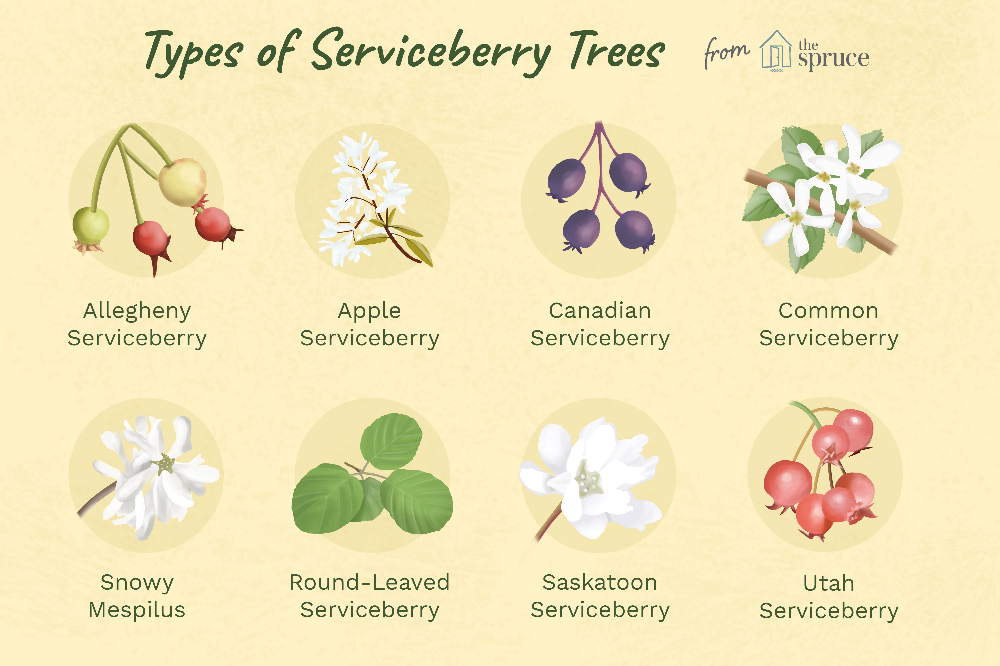 Cherry berries delighted the Egyptians and Greeks, and the Romans adored the delicate flowers of this tree. Benefits for the Body Most of us realize that cherries are extremely beneficial.
Cherry berries delighted the Egyptians and Greeks, and the Romans adored the delicate flowers of this tree. Benefits for the Body Most of us realize that cherries are extremely beneficial. Cloudberry
Did you know that there is a berry in the world that is very similar to raspberries? This cloudberry is a golden-amber sour berry, common in the swampy northern regions of Russia, in the Scandinavian countries, Canada and some US states. The scientific name of this culture comes from the Greek word, which translates as.
Aronia
If pharmacists had to create a plant “for all diseases”, they would undoubtedly become chokeberry, which is also chokeberry. Even our grandmothers used these amazing berries with benefit, strengthening their health and healing from many sores. What is chokeberry? Chokeberry is a deciduous berry.
Lingonberries
The benefits of berries sometimes seem endless. Blueberries strengthen blood vessels in diabetic patients, cranberries treat infections in the urinary tract, and raspberries are rich in antioxidants.
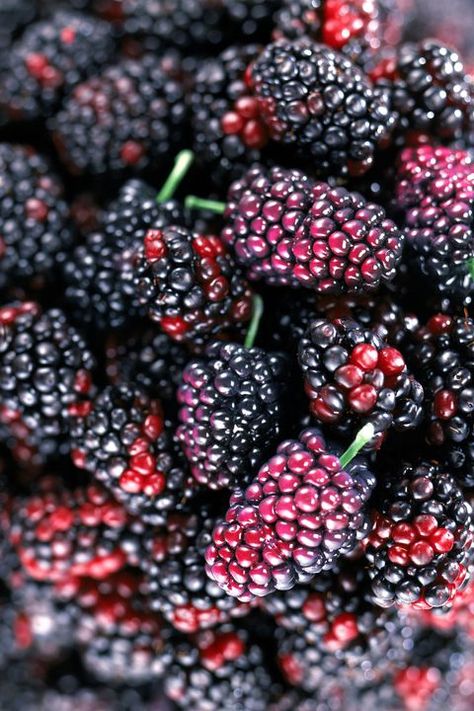 Researchers say that almost any berry can protect against cancer. And lingonberries too. The general characteristic of Cowberry is evergreen.
Researchers say that almost any berry can protect against cancer. And lingonberries too. The general characteristic of Cowberry is evergreen. Dogwood
It would seem that the popularity of dogwood is a thing of the past. In Europe, this culture experienced the peak of glory at the turn of the 18th and 19th centuries. Then this plant was perceived as a synonym for elegance and luxury, they decorated the gardens of monasteries and the estates of nobles, and one of the most popular drinks in those days was made from the fruits - liqueur from berries.
Kalina
Our ancestors always knew about the healing abilities of viburnum. They gave us the oldest recipes, which mention not only juicy bright scarlet berries, but also their seeds, leaves, flowers and even bark. This gift of nature can cure many diseases, it has general strengthening properties and rarely causes allergies. General.
Physalis
Physalis is a perennial herbaceous plant of the Solanaceae family, which is popularly referred to as marunka, dog cherry, bladderwort, ground cranberry and emerald berry.
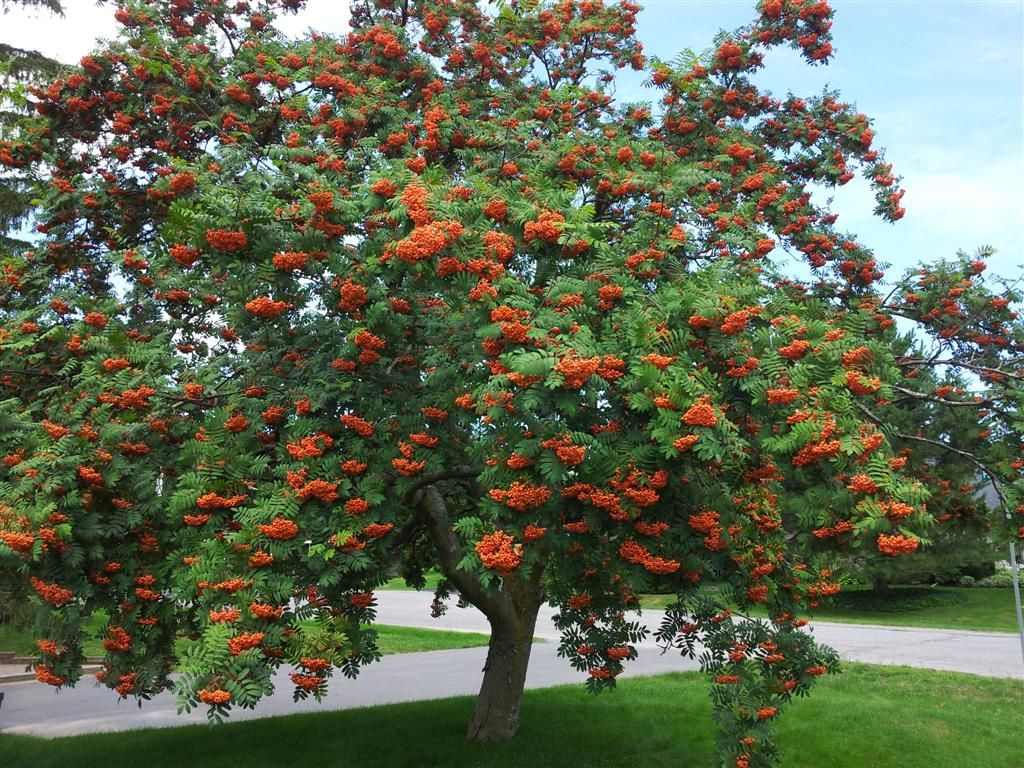 The greatest species diversity is found in Central and South America. In total, there are 115 varieties of physalis, which are divided into decorative and wild.
The greatest species diversity is found in Central and South America. In total, there are 115 varieties of physalis, which are divided into decorative and wild. Black berries attract children and adults not only with their bright and unusual color, but also with a pleasant taste. However, it is not always possible to determine what kind of fruits are in front of us, respectively, there is no idea about their properties. This can be dangerous, since there is no guarantee that the selected berry will not be poisonous.
Names of edible berries
Among the black berries that grow in the garden or in the forest and do not pose a danger to humans, there are both widely known and rare representatives. Most of them contain useful substances and vitamins, and can also be shown in the treatment of certain diseases. They can grow on tree branches - for example, mountain ash, on bushes - currants, or hide in the grass - blueberries. The most popular are currant, honeysuckle, bird cherry and others.
 What forest and garden berries can be eaten and what are their benefits?
What forest and garden berries can be eaten and what are their benefits? Elderberry
Berry is a natural antioxidant. Its intake removes cholesterol from the body, has a positive effect on the heart and blood vessels, and strengthens the immune system. Experts recommend elderberry for diseases such as tonsillitis and flu, they are good for colds, relieve coughs. In addition, the fruits have antibacterial and antiviral effects.
Aronia
Another name for this tree is mountain ash. It can be red and chokeberry. A new species - purple chokeberry - appeared quite recently and has not yet managed to reach the masses. A large, astringent berry is able to normalize blood pressure.
Its use is also useful for diseases of the thyroid gland, as well as for irradiation. In addition, black fruits can be used to make wine and other delicious drinks.
Barbados Cherry
Also called Acerola Cherry.
 Especially popular in Central America and Western India. You can get juice from cherries, which has an amazing taste and aroma. Berries contain a huge amount of vitamin C, for comparison, they contain about 60 times more than oranges.
Especially popular in Central America and Western India. You can get juice from cherries, which has an amazing taste and aroma. Berries contain a huge amount of vitamin C, for comparison, they contain about 60 times more than oranges. Canadian pride
Birds especially like to eat this berry. The fruits are quite small, black with a blue tint.
Acai is widely known in Brazil. It is an excellent antioxidant. The berries are round, small in size. Most often it is used to prepare various types of drinks.
Virginia bird cherry
Before the berry ripens, it has a bright acidity and a pronounced tart taste. At the time of ripening, the fruits darken and become slightly sweeter. It is used mainly for the preparation of preservation, but it is necessary to add sugar in large quantities. It can be found both in summer cottages and in the city.
Black raspberry
The taste of black raspberries is almost the same as red raspberries.
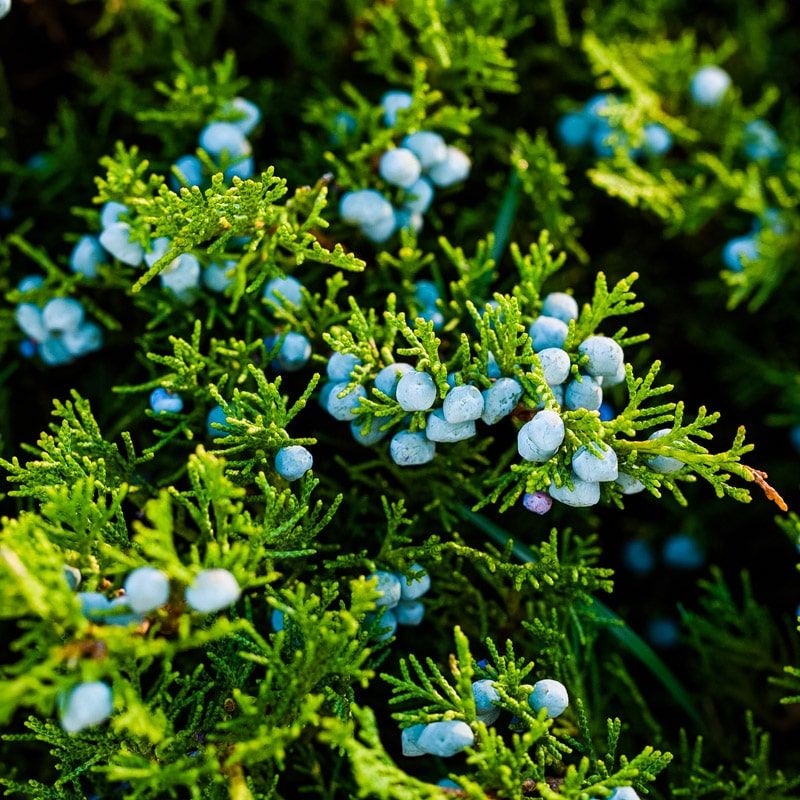 Berries are not cloying, but quite sweet. They have a pronounced aroma, which is not affected even by heat treatment. According to experts, the content of ellagylic acid in fruits can prevent the development of malignant tumors. Therefore, they are often recommended to be used to prevent the formation of cancer cells.
Berries are not cloying, but quite sweet. They have a pronounced aroma, which is not affected even by heat treatment. According to experts, the content of ellagylic acid in fruits can prevent the development of malignant tumors. Therefore, they are often recommended to be used to prevent the formation of cancer cells. Blackcurrant
If you don't know that there are hundreds of currant varieties, you might think that they are all the same. However, this is not at all the case; work on the development of new hybrids does not stop at the present time. These bush fruits grow in clusters, have a pleasant taste and delicate smell. A huge concentration of nutrients and vitamins makes the currant one of the most popular garden shrubs that can be found in villages and garden plots.
Currant is famous for its choleretic, diaphoretic, diuretic effect. It can be taken to strengthen the body as a whole, used as an antiseptic. In addition, the berries have a hemostatic property.

Like raspberries, currants can be used to prevent cancer. Fragrant and tasty juices, preserves and jams are obtained from the fruits.
Honeysuckle
Honeysuckle contains many useful substances such as magnesium, calcium, vitamin C and others. Oblong black berries with a bluish bloom are known to many adults and children. Since ancient times, the fruits have been used in medicine. The Curly Honeysuckle variety is currently very popular.
Please note that the berries of some varieties of honeysuckle contain a small amount of poison, so it is best to grow the berries yourself or buy them in reliable stores. Unknown forest fruits may cause poisoning.
Blackberry
Blackberry, like raspberries, has a huge range of useful properties. It contains a huge amount of vitamins and minerals. In addition, the berry contains organic acids. Due to this, it not only helps to strengthen the body as a whole, but also helps with various diseases.
 The fruits have anti-sclerotic properties, help normalize blood sugar levels, saturate with useful elements.
The fruits have anti-sclerotic properties, help normalize blood sugar levels, saturate with useful elements. As for the mature plant, it can reach 1.5 meters in height. In spring, blackberries delight with large white flowers. Berries with a pleasant sourness, quite large in size, but this indicator directly depends on the variety.
Black mulberry
Plant of the mulberry family. Its leaves are tough and have a serrated edge. The fruits can be deep purple or almost black. Mulberry is especially common in the southern territories.
Berry is loved for its pleasant taste and extraordinary juiciness. From them you can cook various products and preservation, for example, jams, doshab, sherbet. The health benefits are expressed in a general strengthening effect, increased hematopoiesis, and normalization of metabolism. Mulberry fruits are advised to be used by people who are overweight, as they tend to dull the appetite. Men speak of them as a product that has a beneficial effect on increasing potency.
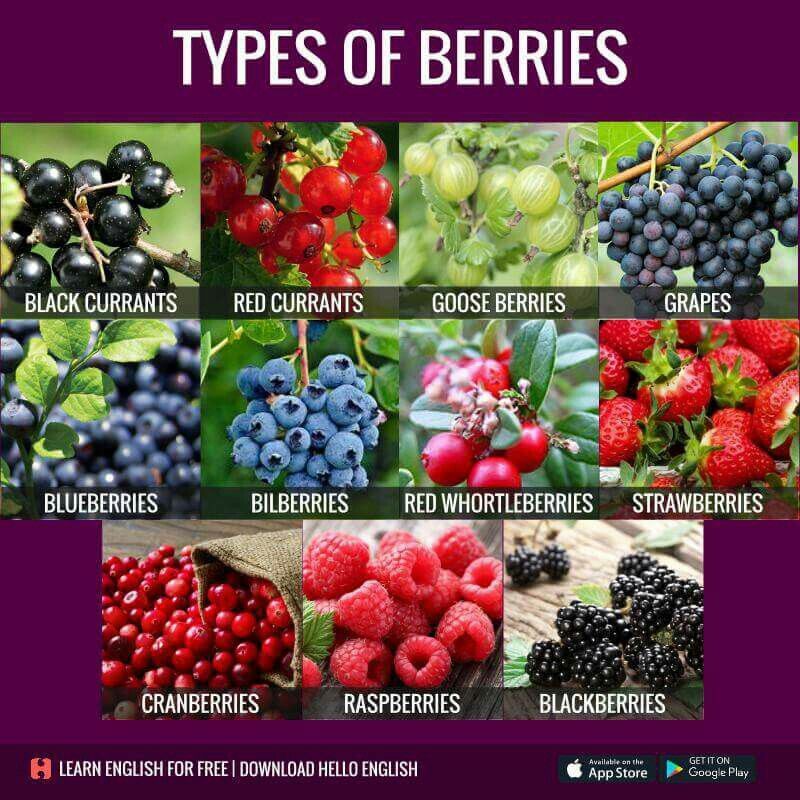
Bilberry
This shrub can often be found in swamps and grows up to 40 centimeters in height. The leaves are elongated, saturated green. The berries have red juicy flesh. It is very useful to use blueberries fresh, but this does not prevent them from being used for conservation.
Fruits contain a huge amount of useful elements. In addition, they contain polyphenols, which have a beneficial effect on the restoration of brain cells. To improve vision and fight other eye diseases, doctors often prescribe drugs that contain this berry.
Blueberries
Most often, blueberries grow in northern latitudes. This is due to its high frost resistance. The shrub is small, able to grow up to a meter. Berries with a blue tint. The main problem is the inability of the berry to withstand transportation over long distances.
The therapeutic effect of blueberries extends to diseases such as gastritis and gastroduodenitis. But the positive properties do not end there.
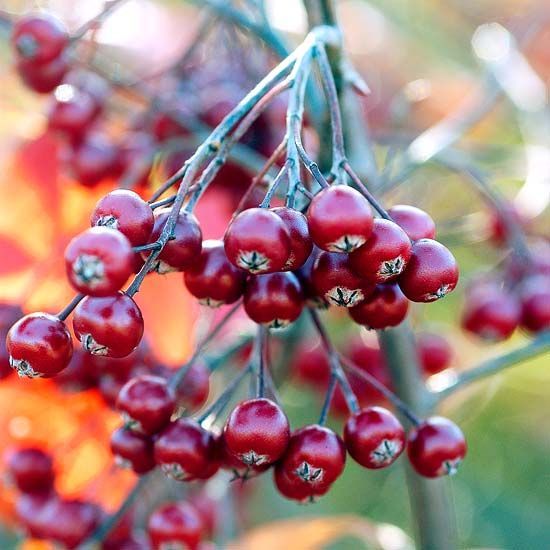
Blueberry is able to dilate blood vessels, has an antipyretic effect. It is also useful for relieving inflammation.
Crowberry
The bushes of this plant are creeping and spreading branches. Its height is not more than 20 centimeters, but the shoots reach a length of up to a meter. It feels especially comfortable in swampy areas of the terrain, while it can grow in the mountains, on the sands and even in the tundra. Crowberry can be transported, small berries are perfectly preserved for quite a long time.
Juniper
The berries of this plant are vaguely reminiscent of cones. In the process of ripening, they change color from green to black with a purple tint. When ripe, they have a pronounced wax coating. They contain a lot of trace elements and essential oils.
Juniper fruits can affect different areas of the body. They help well in violation of the digestive system, intestines, gallbladder.
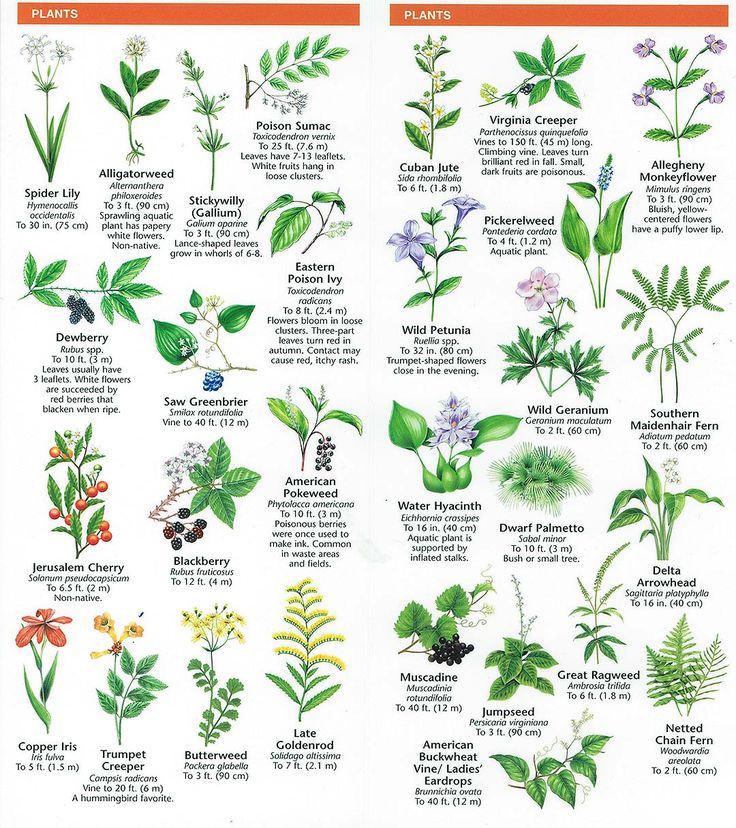 With their help, they fight diseases of the joints and lungs.
With their help, they fight diseases of the joints and lungs. List of poisonous fruits
If you go for a walk in the forest and come across a bush or tree with appetizing black berries, you should think about it. After all, among the fruits there can be those that are not only capable of harming the body, but in special cases can be fatal. Poisonous berries need to be known and able to be distinguished from others, tasty and healthy.
Maiden grape
This plant can be found throughout Russia. Outwardly, it very much resembles grapes, which are grown in garden plots. You can only tell it apart by trying it.
The taste of girlish grapes is very unpleasant, with noticeable astringency. You can determine it from the first berry. I must say that a small dose will not do harm, in order to get poisoned, you need to eat a large number of fruits.
Nightshade
These bushes can often be found in the forest.
 The berries look like a small pepper, the taste is very bitter. The plant is very poisonous and can cause serious harm to the body.
The berries look like a small pepper, the taste is very bitter. The plant is very poisonous and can cause serious harm to the body. Brittle buckthorn
Externally, the plant is very similar to bird cherry, so it's not worth the risk if you are not ready to accurately identify the bush. Berries with two, less often four seeds are very poisonous and should not be eaten.
Wolfberries
Another plant that can be confused with bird cherry. However, the fruits on the wolfberry appear only in the fall. If by negligence to eat them, a person will suffer severe weakness, diarrhea and convulsions will appear. With a large number of eaten berries and untimely treatment, a fatal outcome is possible.
Black cohosh
These berries can also be confused with bird cherry or mountain ash. But at a close distance from the plant, you can feel a pronounced unpleasant odor. The fruits of the plant are collected in brushes, they can be black, red and white.
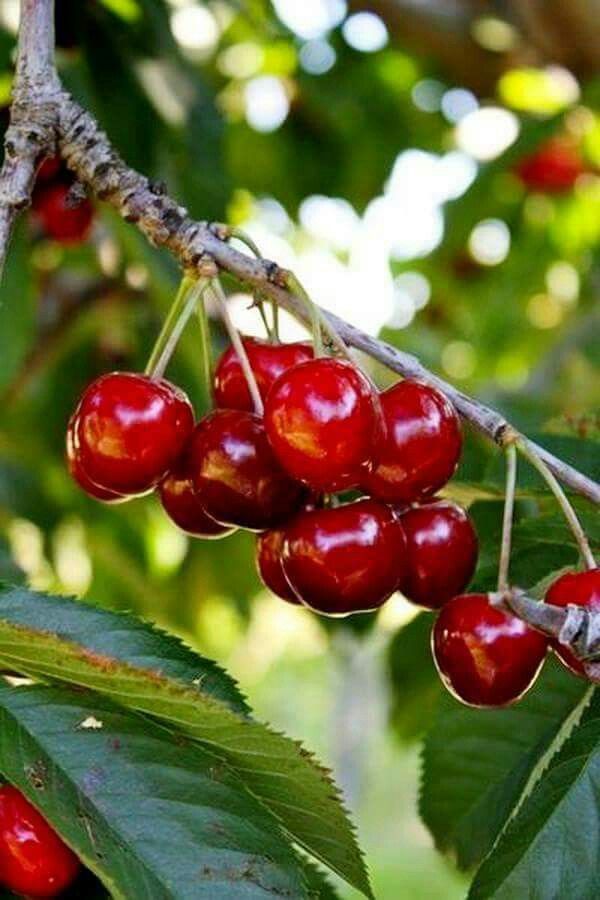 They are very poisonous, when ingested, cause inflammation of the mucous membranes and intestines. Skin contact results in blistering.
They are very poisonous, when ingested, cause inflammation of the mucous membranes and intestines. Skin contact results in blistering. Lakonos
This plant can grow in close proximity to garden areas. The inflorescences are shaped like spikelets. It has black berries with a purple tint, which are quite poisonous and can lead to health problems.
Crow's eye
Small plant with 4 leaves per stem. Visually it looks like a cross. At the base is one black berry, which may have a bluish bloom. Ingestion causes vomiting, diarrhea and dizziness.
Belladonna or belladonna
These berries are very insidious. They have an attractive appearance, in addition, they are very sweet in taste. However, belladonna is dangerous even in small quantities, as it can cause respiratory arrest, which is fraught with death. Before that, the person's eyes begin to darken, a burning sensation appears in the mouth, and the heart jumps out of the chest.
 If the poisoning is severe, it is accompanied by convulsions.
If the poisoning is severe, it is accompanied by convulsions. Ornamental Plants
Among the most popular black berry ornamental plants, there are two that are most common. We are talking about black elderberry and black honeysuckle. Let's talk about them in more detail.
Black elderberry
This plant is a shrub. It grows mainly in the southern latitudes and in the central part of our country. Bushes can grow up to 6 meters, and if they are not cared for, they will quickly spread throughout the site. However, with a proper set of agrotechnical measures, elderberry looks quite impressive and can be used to decorate plots and front gardens.
The bushes are full of black berries that ripen in August and September. In appearance, these are drupes with a blue tint, the diameter reaches 7 millimeters. Fruits contain very valuable useful elements, such as vitamins, anthocyanins and oils.
Seeds are poisonous, when they get into the stomach, they break down, forming hydrocyanic acid, which can be very dangerous for human health.
 Therefore, only the pulp can be eaten.
Therefore, only the pulp can be eaten. Black honeysuckle
This is another fairly large shrub. It can be over 3 meters long. Most often, honeysuckle grows in the eastern regions of Russia, but it can also be found in other regions. The plant tolerates a strong drop in temperature well, therefore it easily survives winters, and it is also not afraid of frosts during the flowering period, so honeysuckle can be grown even in northern latitudes. In addition, it is completely undemanding to the type of soil, endures pest attacks and is not afraid of many diseases, which makes it a real decoration of any site.
The plant has rather large fruits, elongated in shape. The length of one berry is approximately 2 centimeters. Honeysuckle sings early, the first fruits can be harvested already at the beginning of summer. As for the taste, it is distinguished by a slight sourness, but this does not spoil it at all. Even small children love berries.
Honeysuckle fruits are most often preserved, but it is very useful to use them fresh.
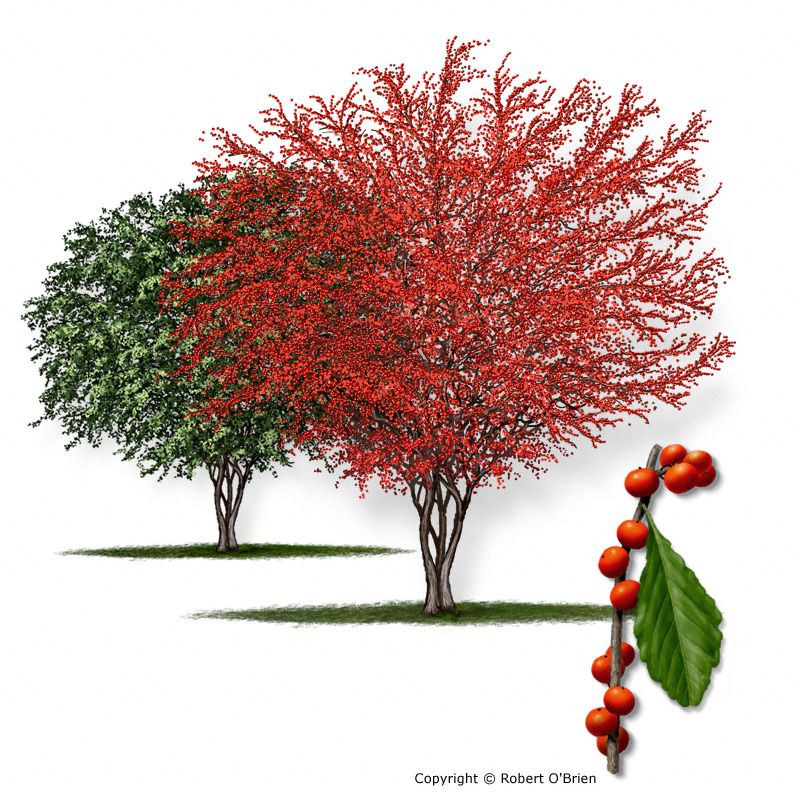 The bush gives the first harvest a few years after it was planted in a permanent place.
The bush gives the first harvest a few years after it was planted in a permanent place. For another edible berry, black nightshade, see the video below.
- Hazel (13)
- Nuts (6)
Not all types of fruit trees can be grown in a summer cottage - some of them are too capricious. You will find complete information about fruit trees and shrubs (names, photos, descriptions, care tips) in this section.
- Author: Maria Sukhorukih
Rate this article:
(0 votes, average: 0 out of 5)
Share with friends!
Decorative trees and shrubs with beautiful fruits for the autumn garden
The autumn garden leaves no one indifferent.
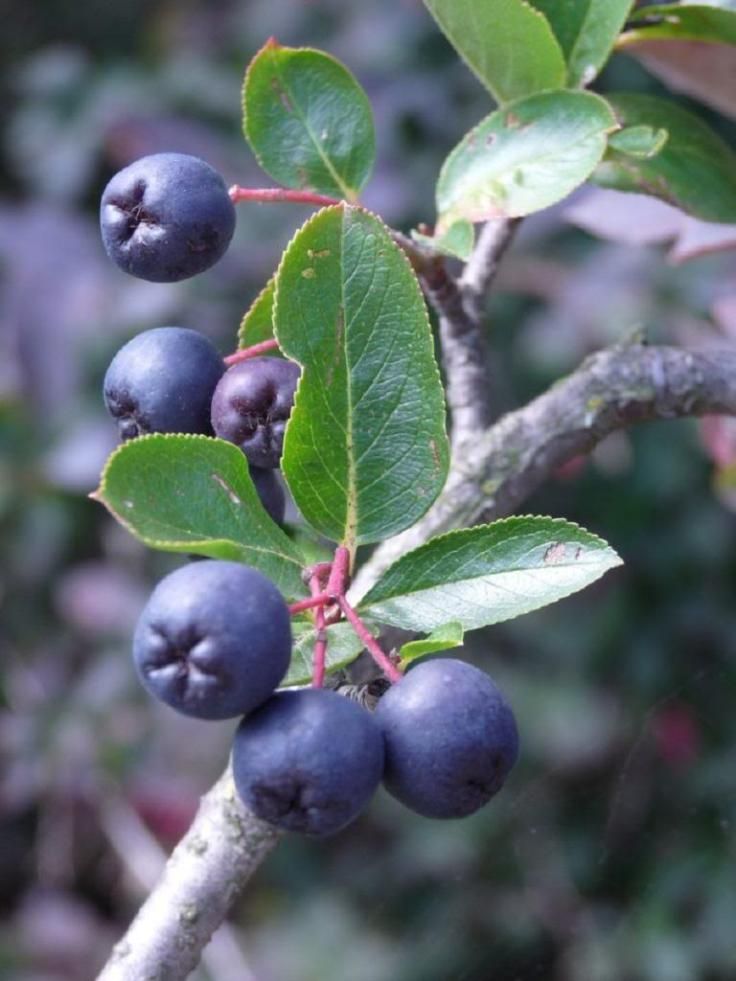 Before the onset of cold weather, trees and shrubs play with bright colors, not only thanks to the multi-colored leaves. Some cultures have no less attractive fruits, which are densely strewn with branches.
Before the onset of cold weather, trees and shrubs play with bright colors, not only thanks to the multi-colored leaves. Some cultures have no less attractive fruits, which are densely strewn with branches. Most trees and shrubs bear fruit in early autumn, but some crops retain bright berries until winter. We have prepared for you a selection of the most attractive plants that are ideal for decorating an autumn garden.
1. Barberry
Among barberries there are deciduous, evergreen and semi-evergreen plants. In the autumn garden, common, Ottawa, Siberian, Amur and Thunberg barberries are especially popular. They have decorative leaves, flowers and fruits. In autumn, bright red barberry berries look great against the background of yellow, orange, red, green leaves of this ornamental plant. Often the fruits are kept on the branches even in winter.
By planting barberry bushes, you can create beautiful hedges. Also, the plant looks great in the autumn garden as a bright tapeworm on the lawn.
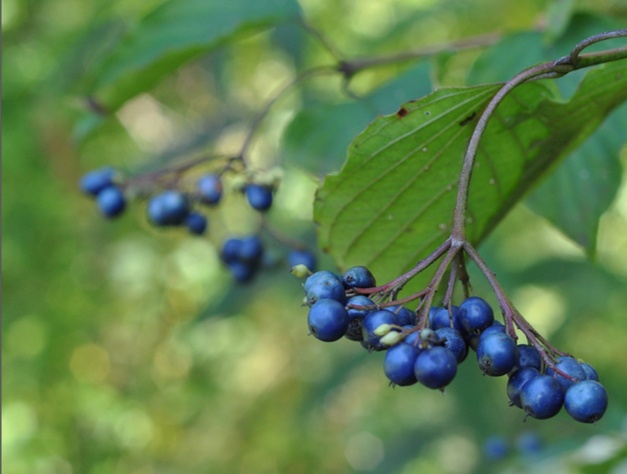
2. Euonymus
Euonymus does not require shaping pruning, so it is ideal for beginner gardeners. This undemanding plant does not particularly stand out in the summer, but in the fall it changes into a bright outfit in pink, red and purple hues. In addition, beautiful autumn leaves complement the unusually shaped fruits.
3. Hawthorn
These small trees or tall shrubs delight gardeners with their edible fruits in autumn. Depending on the variety, they are yellow, whitish, orange, brown, purple, black, but bright red is the most common. They are shaped like small apples. The fruits remain on the plant until they are pecked by birds.
Hawthorn is most often used in landscape design as a hedge; single trees also look good in the garden.
4. Elderberry
In May-June, the elder decorates the garden with numerous inflorescences, and at the end of August, instead of flowers, fruits form. The red elderberry, as you might guess, they are red, the black elderberry is blackish purple, and the canadian elderberry is dark purple.
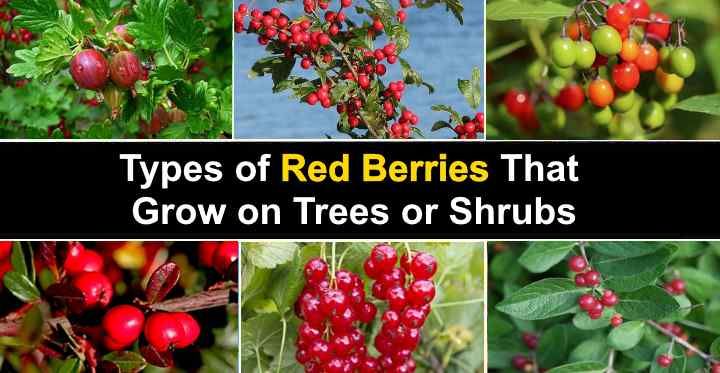 Red fruits fit more organically into the palette of the autumn garden, but they are inedible, unlike dark berries.
Red fruits fit more organically into the palette of the autumn garden, but they are inedible, unlike dark berries. Elderberry of any kind and variety is good both as a "soloist" and as a member of an attractive composition in the vicinity of other ornamental shrubs.
5. Deren
Deren bears fruit with small white berries in August-September, but this plant also has decorative bright leaves and shoots in autumn. Thanks to the fiery stems (especially in young specimens), both white and red turf remain attractive throughout the winter.
Turf looks best in hedges or planted in small groups. The shrub tolerates a haircut well, practically does not get sick and is not susceptible to pest attack, therefore it is suitable for inexperienced and lazy gardeners.
6. Kalina
In spring, viburnum pleases the eye with large snow-white inflorescences, and in autumn the shrub fascinates with its bright leaves and red berries. By the way, there are species with pink, orange, black, bluish-blue fruits, but they are not popular in our latitudes.
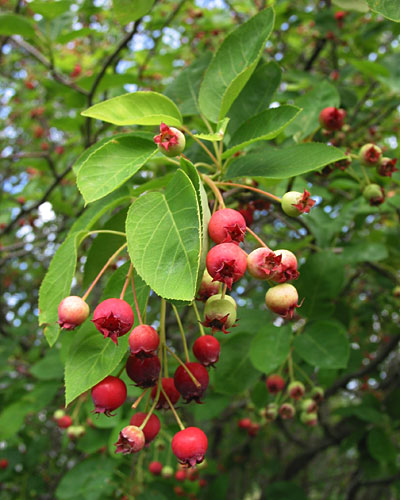 In the middle lane, the common viburnum is most often grown. Tasty and healthy bright red berries of this plant ripen in August-September. However, the fruits are harvested only after the first frost, then their taste becomes less tart and not so bitter.
In the middle lane, the common viburnum is most often grown. Tasty and healthy bright red berries of this plant ripen in August-September. However, the fruits are harvested only after the first frost, then their taste becomes less tart and not so bitter. Viburnum is planted as a tapeworm and in groups with other flowering and ornamental shrubs. It is also good for creating hedges.
7. Cotoneaster
Cotoneaster is decorative in spring and summer due to glossy leaves and small flowers that bloom in May-June. And in autumn, the shrub is strewn with bright red or burgundy berries.
In landscape design for the formation of hedges and solitary plantings, cotoneasters are most often used horizontal, splayed and shiny. And Dammer's ground cover cotoneaster is suitable for an alpine slide.
8. Clerodendrum
In regions with a fairly mild climate, to decorate the autumn garden, it is worth planting a tripartite clerodendrum - a spectacular shrub with unusual fruits.
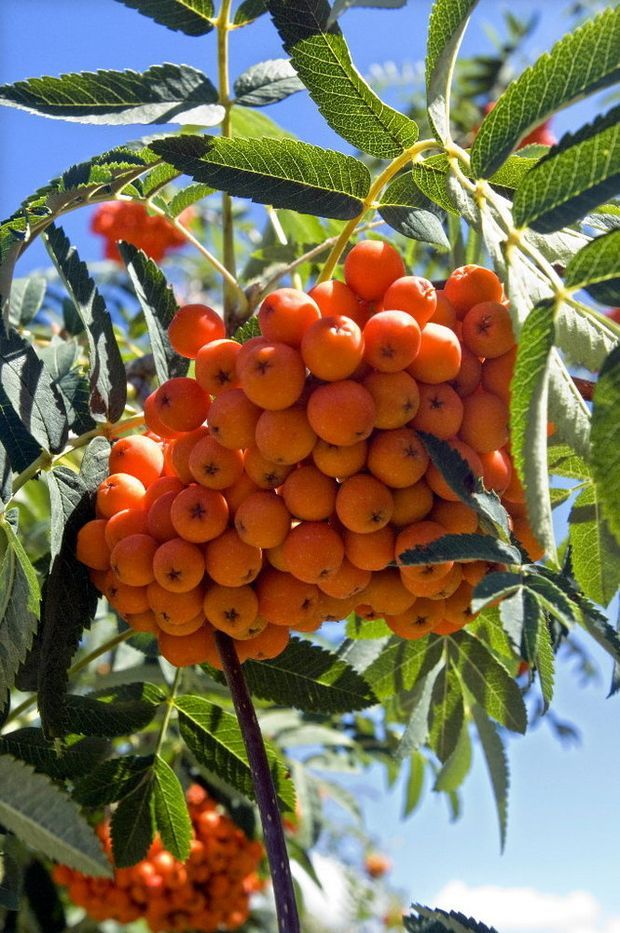 He looks best as a "soloist" on the lawn or in the garden in the company of low perennials.
He looks best as a "soloist" on the lawn or in the garden in the company of low perennials. In autumn, the clerodendrum is covered with inky blue fruits that look like artificial beads. Each berry is surrounded by massive crimson pericarp, forming a kind of star flower. This gives the shrub an original look.
But keep in mind: Clerodendrum grows only in sunny areas protected from the wind and is afraid of severe frost. In the middle lane, the plant is carefully covered for the winter with dry leaves, non-woven material, spruce branches and again non-woven material on top.
9. Beautiful fruit
From the name of this shrub it becomes clear that its fruits are the most decorative. In September-October, purple-violet berries appear against the background of red and golden leaves. They remain on the plant even after leaf fall.
Sprigs covered with bright berries are suitable for creating winter bouquets. They keep their shape for a long time and go well with many plants.
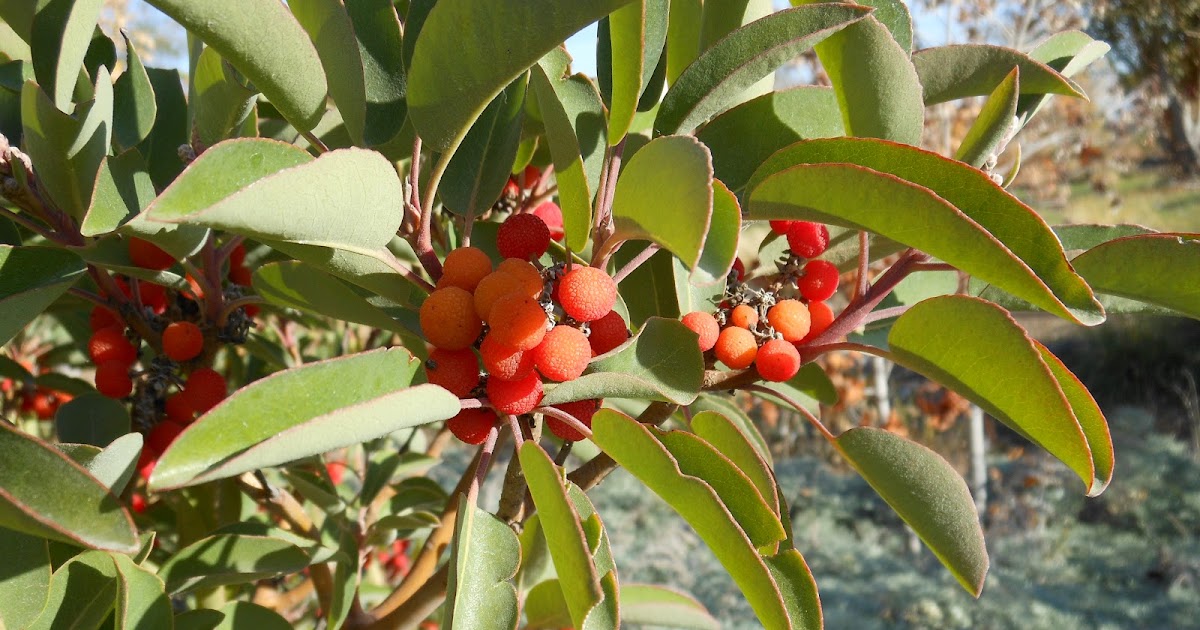
10. Holly holly or holly
Holly is widely distributed on Christmas Eve, especially in the West. Branches with dark green glossy leaves and bright fruits are used as Christmas decor. On the site, this shrub is used mainly as a hedge. Small holly berries are most often red, but sometimes yellow and orange are also found. All of them are inedible.
11. Pyracantha
This evergreen shrub is often referred to as firethorn. In spring, creamy fragrant flowers flaunt against a background of dark green leaves, and in autumn and winter the plant is strewn with glossy berries of scarlet, orange or yellow.
Pyracantha is undemanding in care, but is afraid of frost, therefore, in regions with an unstable climate, it is often grown in containers. The fruits of pyracantha are edible, but they are very bitter, so they are not attractive to people. But birds love to eat them in the cold season.
12. Rowan
Many types of mountain ash are beautiful in autumn, in particular common, chokeberry (chokeberry), pomegranate.
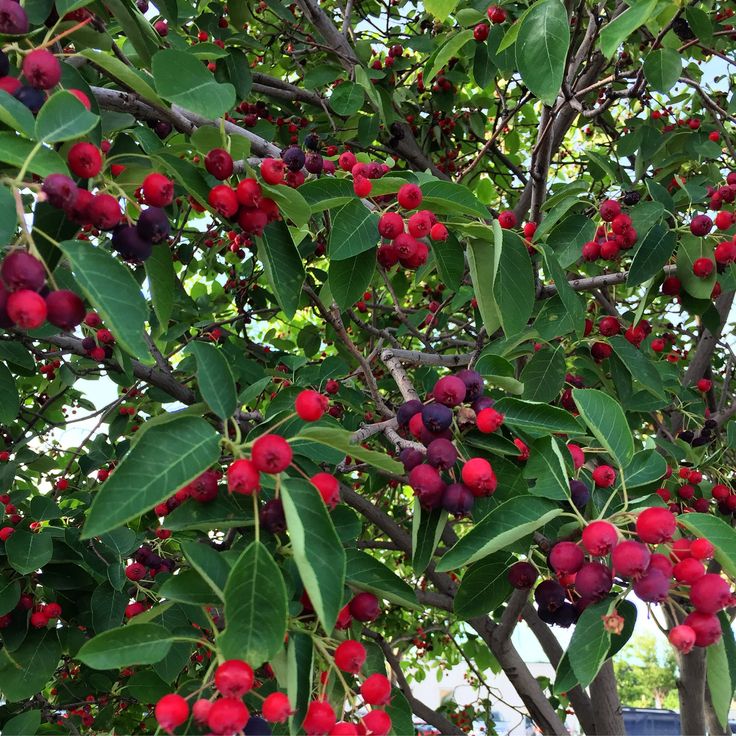 In August-September, numerous fruits collected in clusters ripen on these trees. Today, there are many ornamental rowan varieties with berries of various colors, but red and orange fruits are still most often found in gardens.
In August-September, numerous fruits collected in clusters ripen on these trees. Today, there are many ornamental rowan varieties with berries of various colors, but red and orange fruits are still most often found in gardens. 13. Snowberry
White or pink fruits of the snowberry stay on the bush for a long time, thanks to which they decorate the garden not only in autumn, but also at the beginning of winter. By the way, some varieties have red or black-purple berries, but so far they are not very popular.
Snowberry is suitable for making hedges and borders as it tolerates shearing well. Also, the shrub looks great in group plantings, can be used to strengthen the slopes.
14. Rosehip
Wrinkled rose is a widespread and undemanding shrub. From May to August, it is strewn with fragrant flowers, and in August-September, useful fruits ripen on it. They are usually red or orange.
Rose hips look best in hedges, but a single bush will also be a good decoration for an autumn garden.
